What kind of place is Antarctica? Experience a simulated trip to Antarctica on the "Antarctic Observation Ship FUJI" in Nagoya Port!
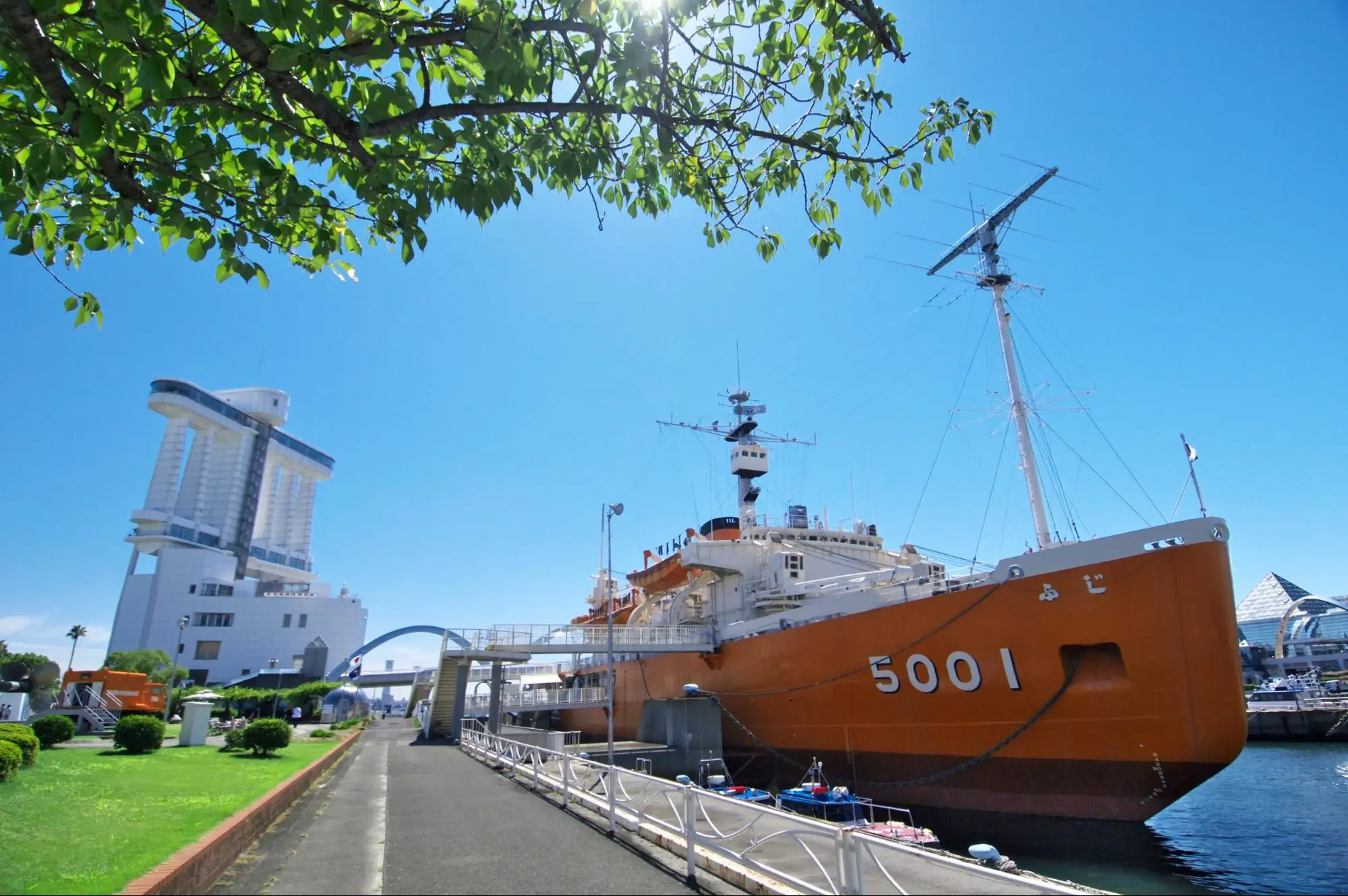
Table of Contents
Located at the southernmost tip of the Earth, Antarctica is also called the continent of ice. Various countries have bases in Antarctica, where they conduct research on weather, geology, snow and ice, organisms, space, and more. Japan has four bases: Showa, Mizuho, Asuka, and Dome Fuji.
Antarctic Observation Ship FUJI, which we will be introducing today, served as an icebreaker for Antarctic research for 18 years.
The interior of the ship remains as it was at the time, so you can experience a simulated trip to Antarctica. In addition, in the exhibition room "Antarctic Museum", which was created by renovating a helicopter hangar, you can learn about the beauty of Antarctica, the history and achievements of Antarctic observations so far.
We would like to report with plenty of photos!
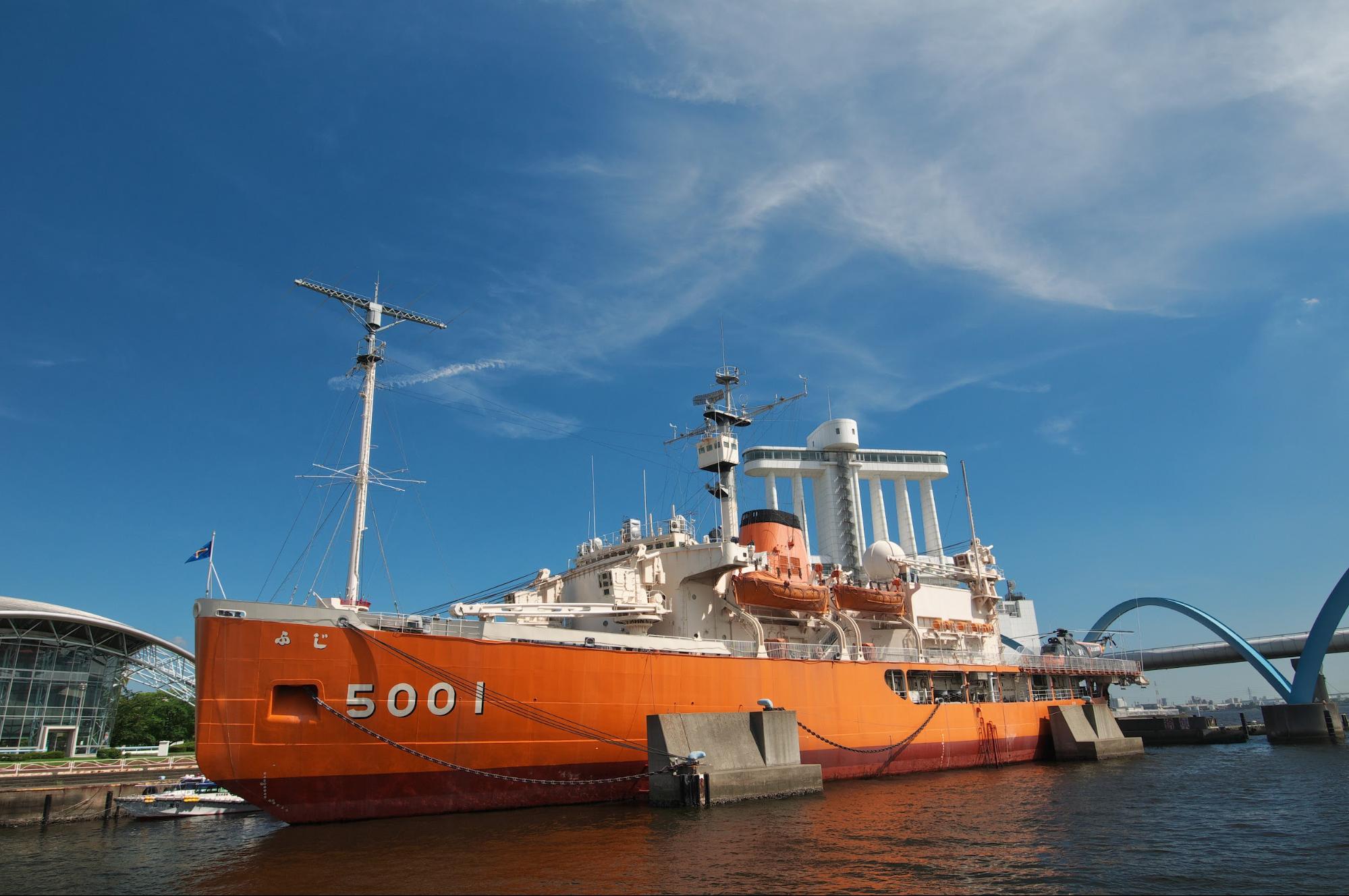
Antarctic Observation Ship FUJI is located at Nagoya Port Garden Pier. It is about a 5-minute walk from Nagoyako Station on the Meiko Subway Line. Port of Nagoya Public Aquarium is also nearby!
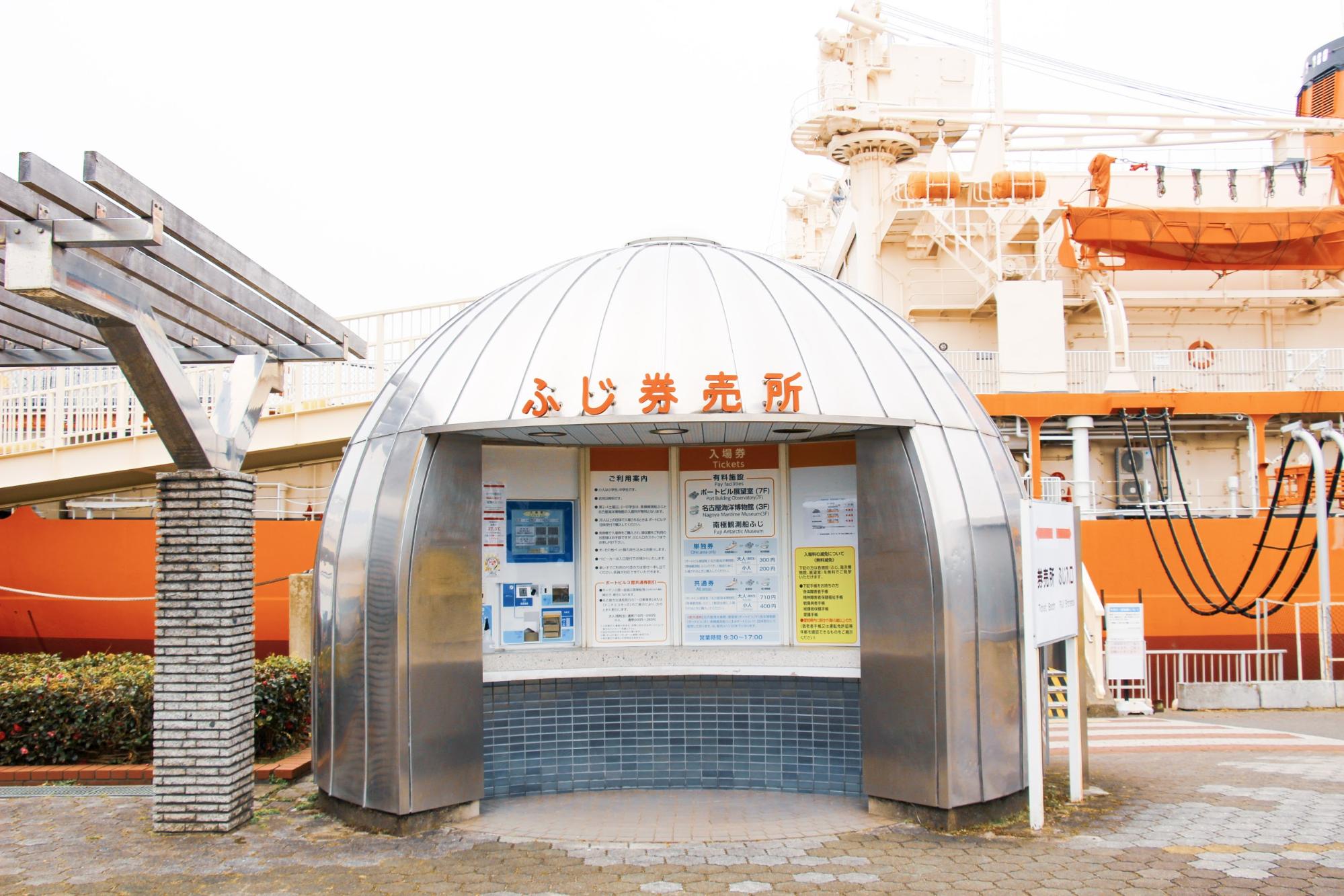
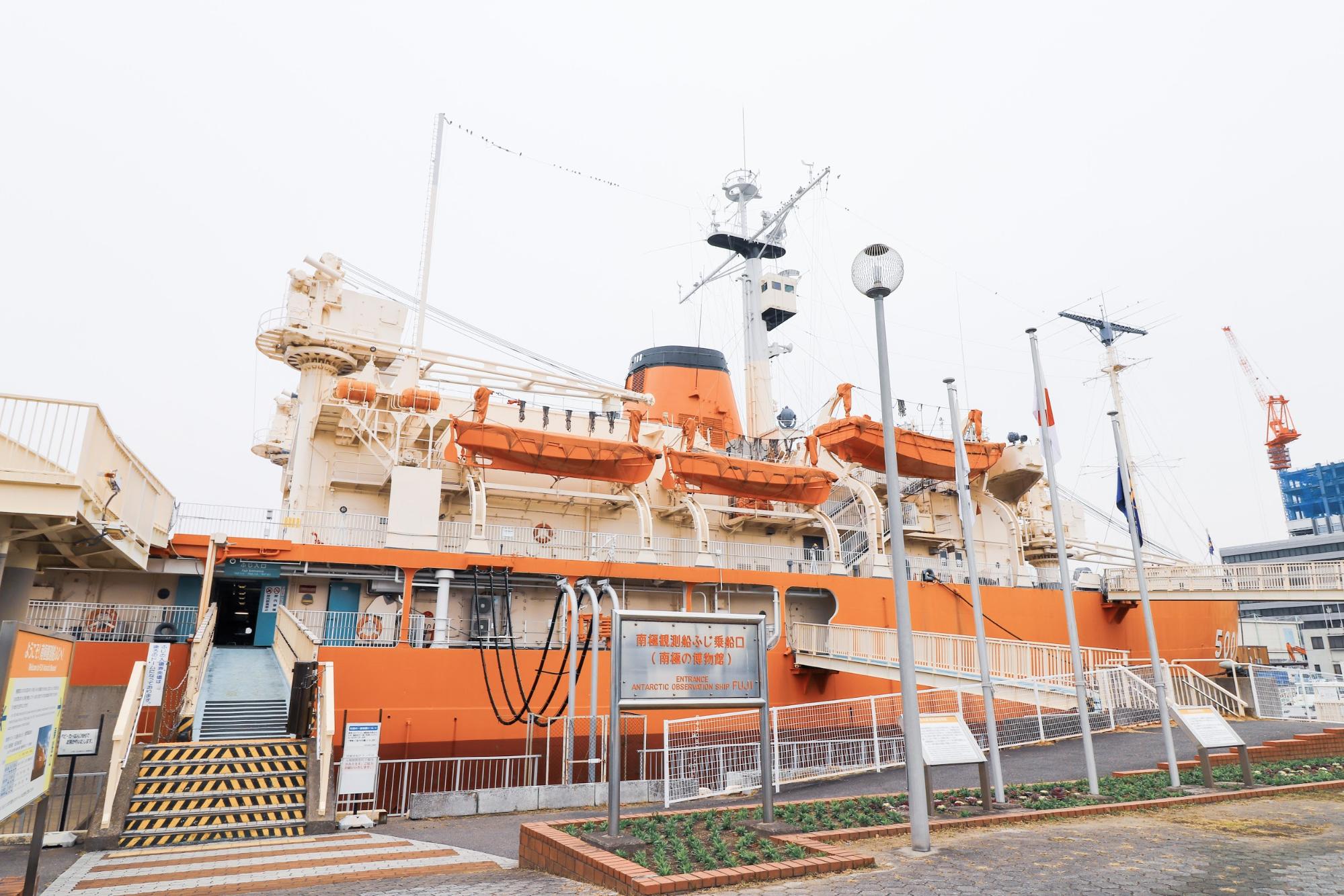
Get a ticket (adult ¥300) at the ticket vending machine and go on board!
In addition to a single admission ticket, there are also discount tickets such as a 4-facility common ticket and a 3-facility common ticket.
▼ Click here for details
https://nagoyaaqua.jp/fee/#sub-anchor-01
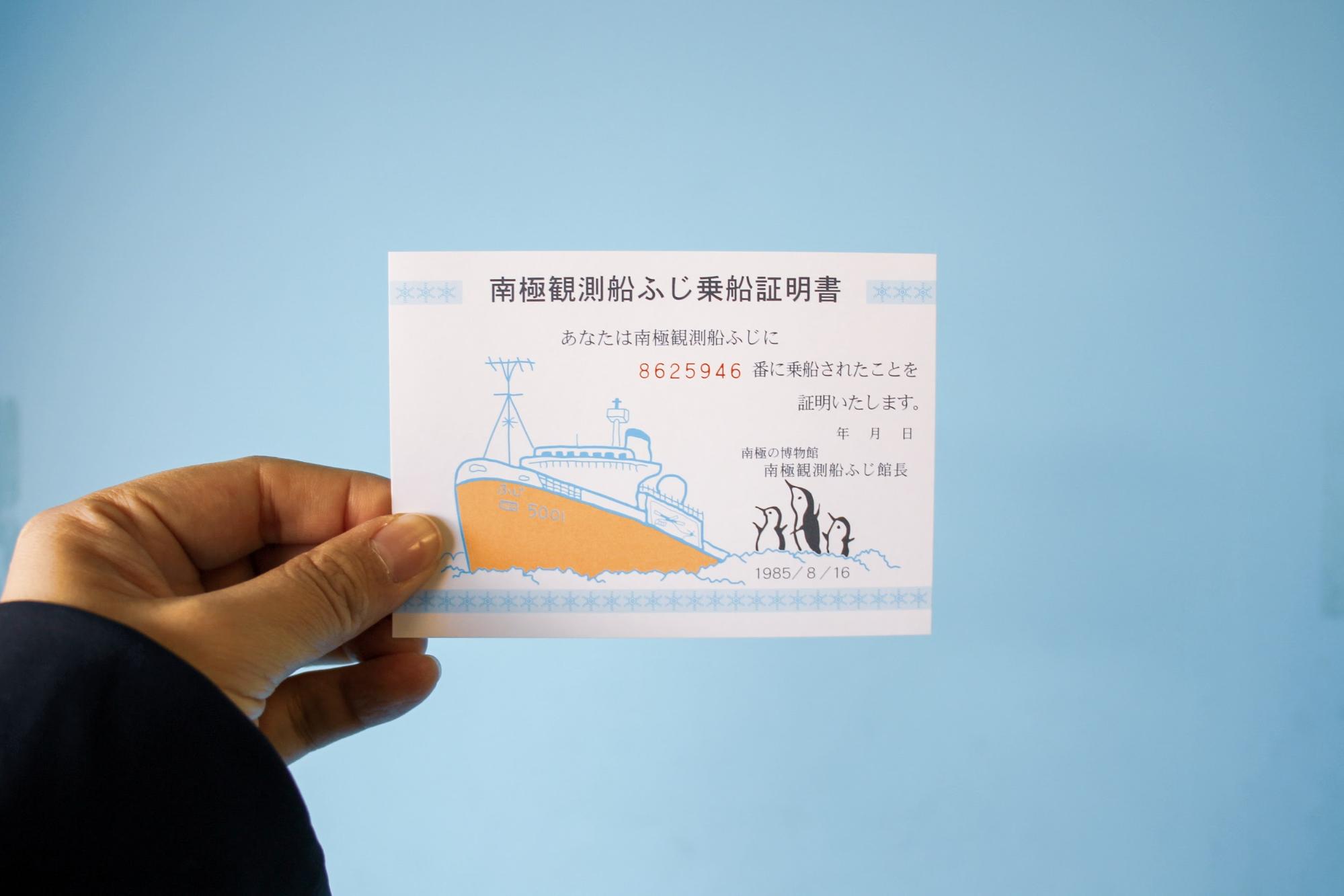
Hand over the ticket at the reception and you will receive a boarding certificate! It will be a memory.
What is “Antarctic Observation Ship FUJI”?

Immediately after entering the ship, an overview of Antarctic Observation Ship FUJI is introduced.
Antarctic Observation Ship FUJI is the second generation Antarctic research ship that operated for 18 years starting in 1965, and is Japan's first full-scale icebreaker. After completing that role, it has been moored at Nagoya Port Garden Pier since 1985. Total length 100 meters. Approximately 200 members of the Japan Maritime Self-Defense Force, an observation team of approximately 40 people, and a maximum of approximately 240 people were on board. It also carried food, fuel, building materials, and research equipment for a year in Antarctica.
Since it can carry more research equipment than the first Antarctic observation ship, Soya, discoveries of meteorites and the ozone layer, as well as research on ecosystems, have advanced rapidly.
Let's take a look inside the ship!
Tour the inside of Antarctic Observation Ship FUJI
The cafeteria is a special feature of an Antarctic observation ship
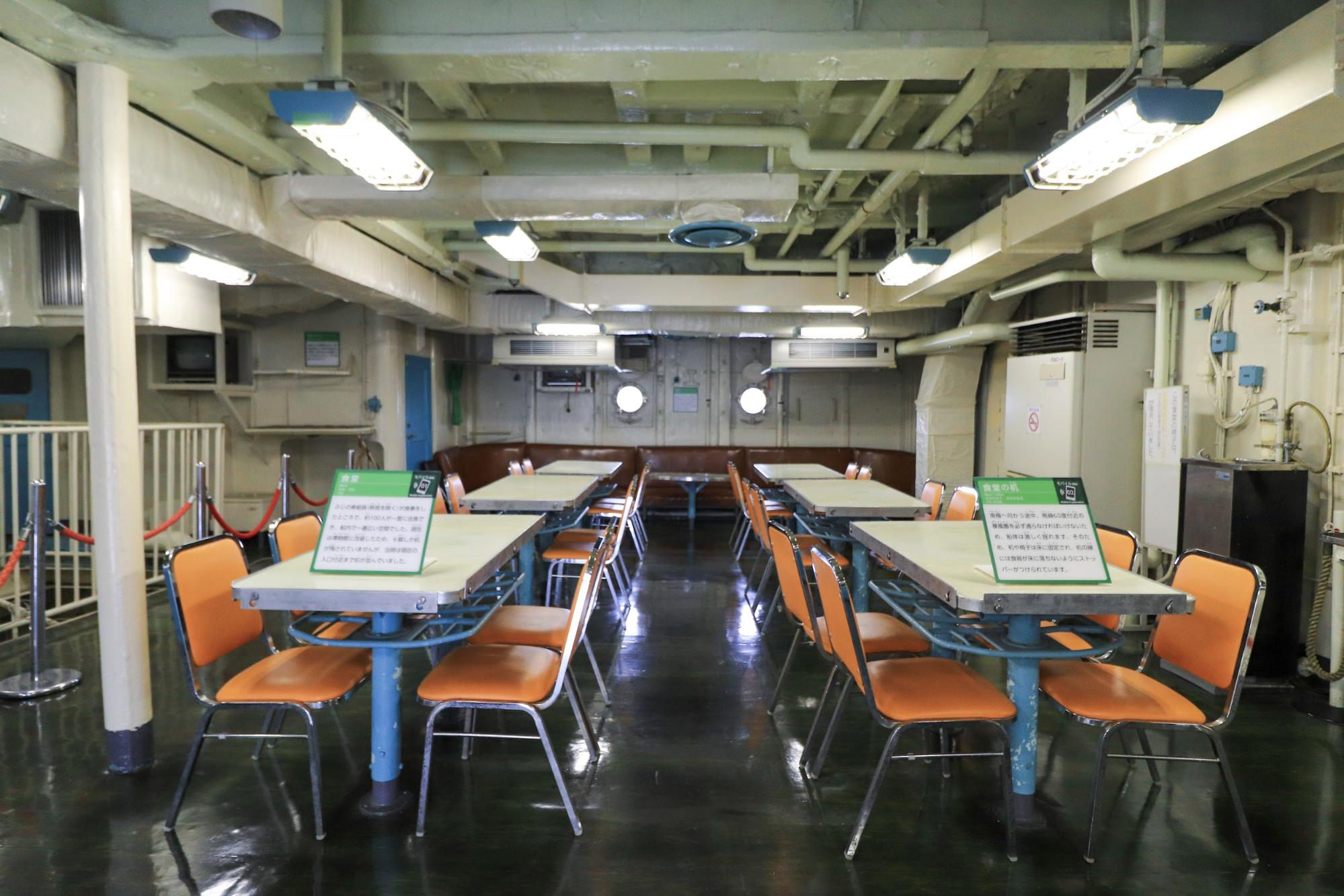
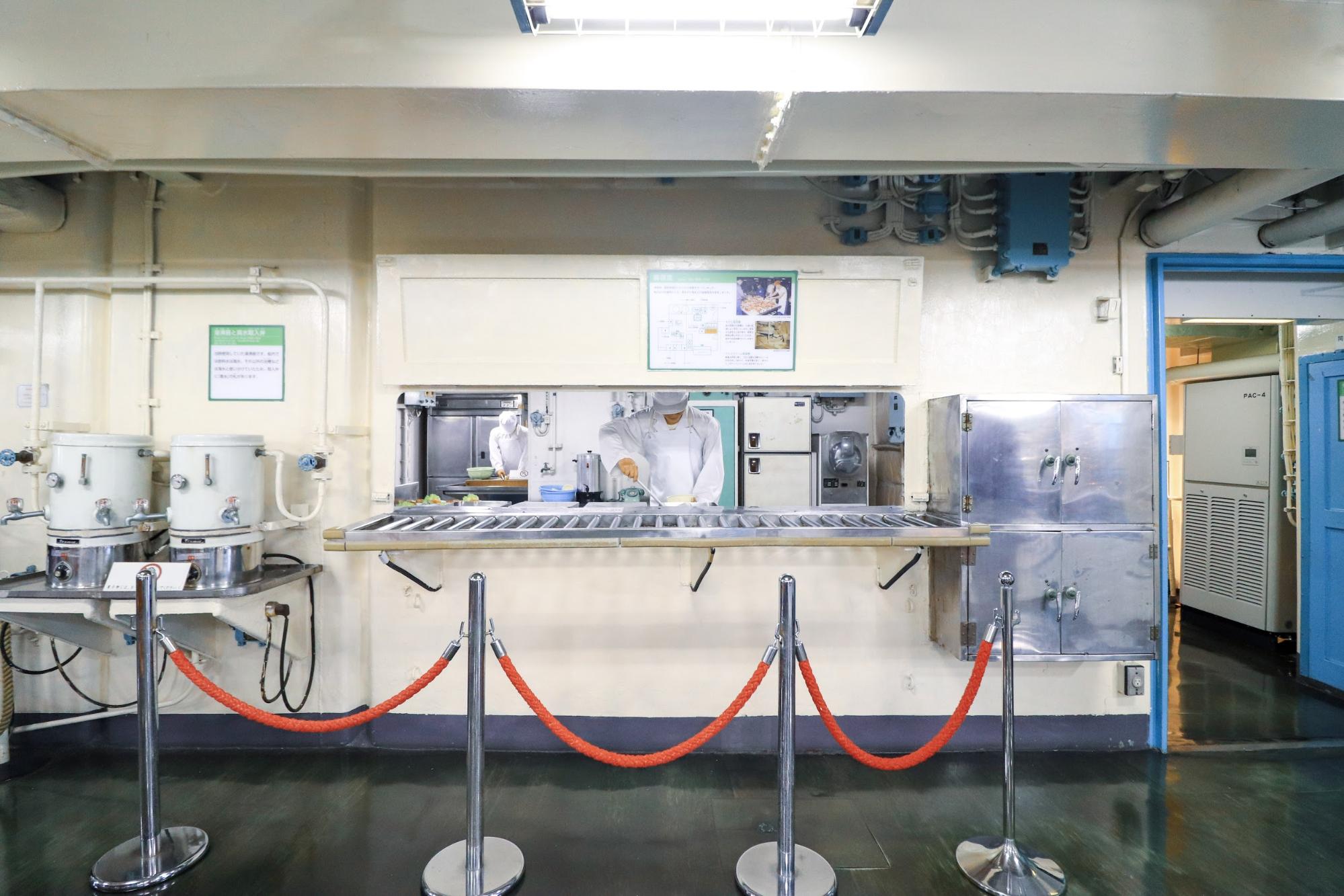
First of all, the "cafeteria" where the crew was eating. About 100 people were dining together at one time in the largest space on board. It was also used as a place to relax, such as when movie screenings were held at this place.
The figure of a person in the kitchen!

A very realistic mannequin doll. It was so realistic that we couldn't help but shout "What!?". Inside the ship, the mannequin dolls recreate that time with a sense of realism, so please be careful not to be surprised.
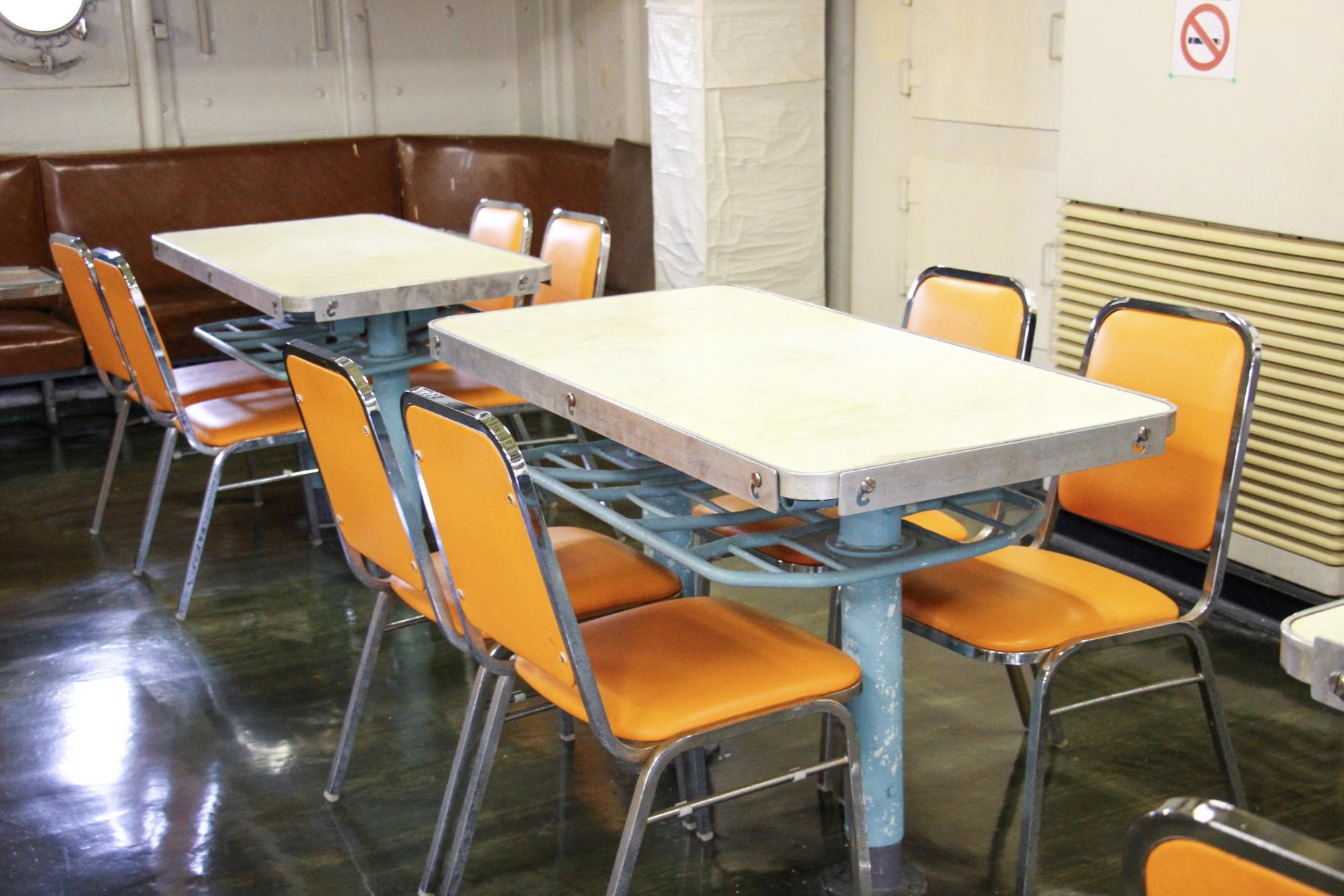
In the dining room, we would like you to pay attention to the tables.
To reach Antarctica, they always had to go through storms. Sometimes the ship would tilt 45 degrees. Because of the violent rocking of the ship, the tables and chairs were fixed to the floor, and stoppers were attached to the edges of the tables to prevent the dishes from falling off. They sometimes hung pots and pans from the ceiling to eat!
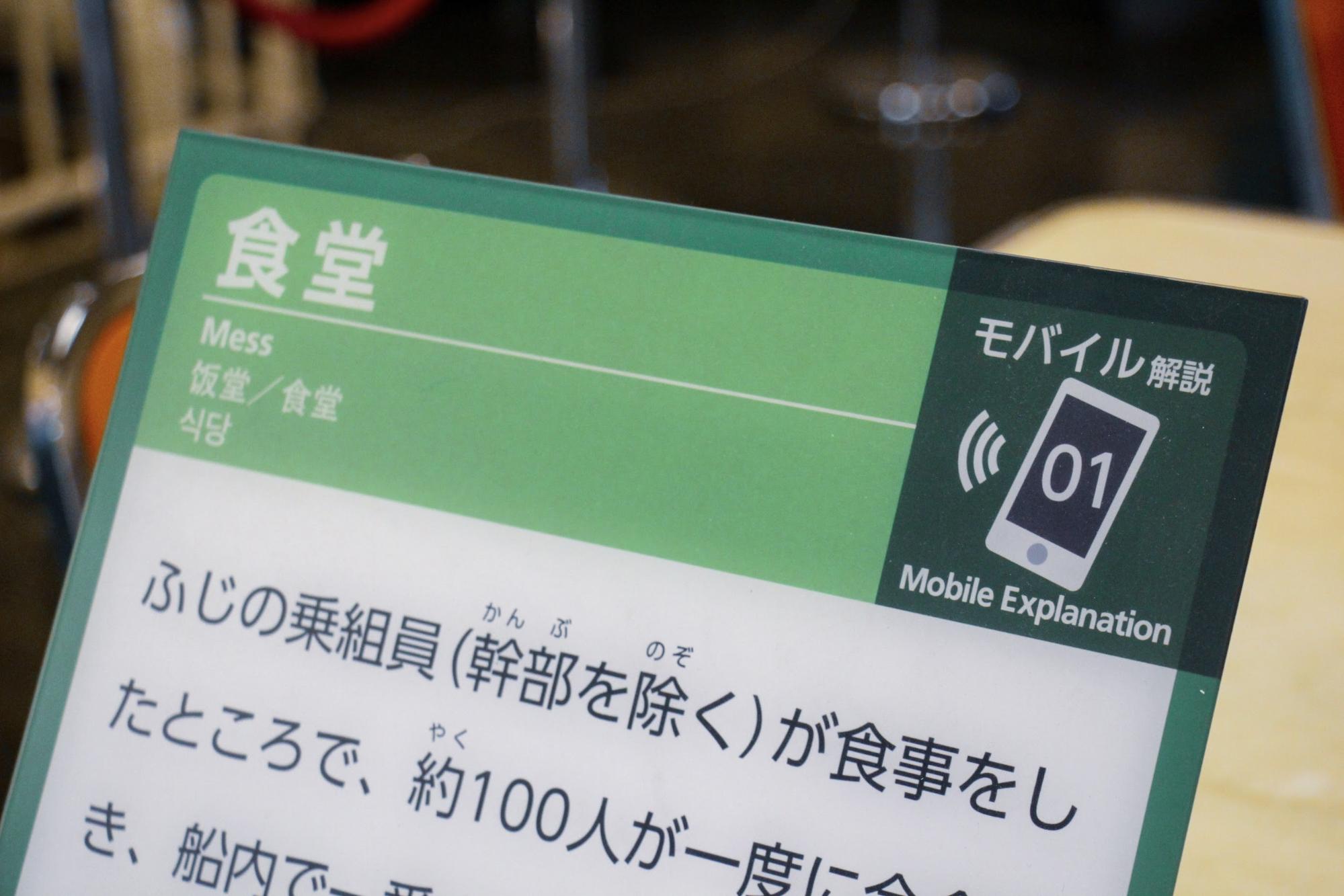
By the way, there is also Mobile Explanation, so please try using it on your smartphone.
Next, let's take a look at the living rooms where the crew spent!
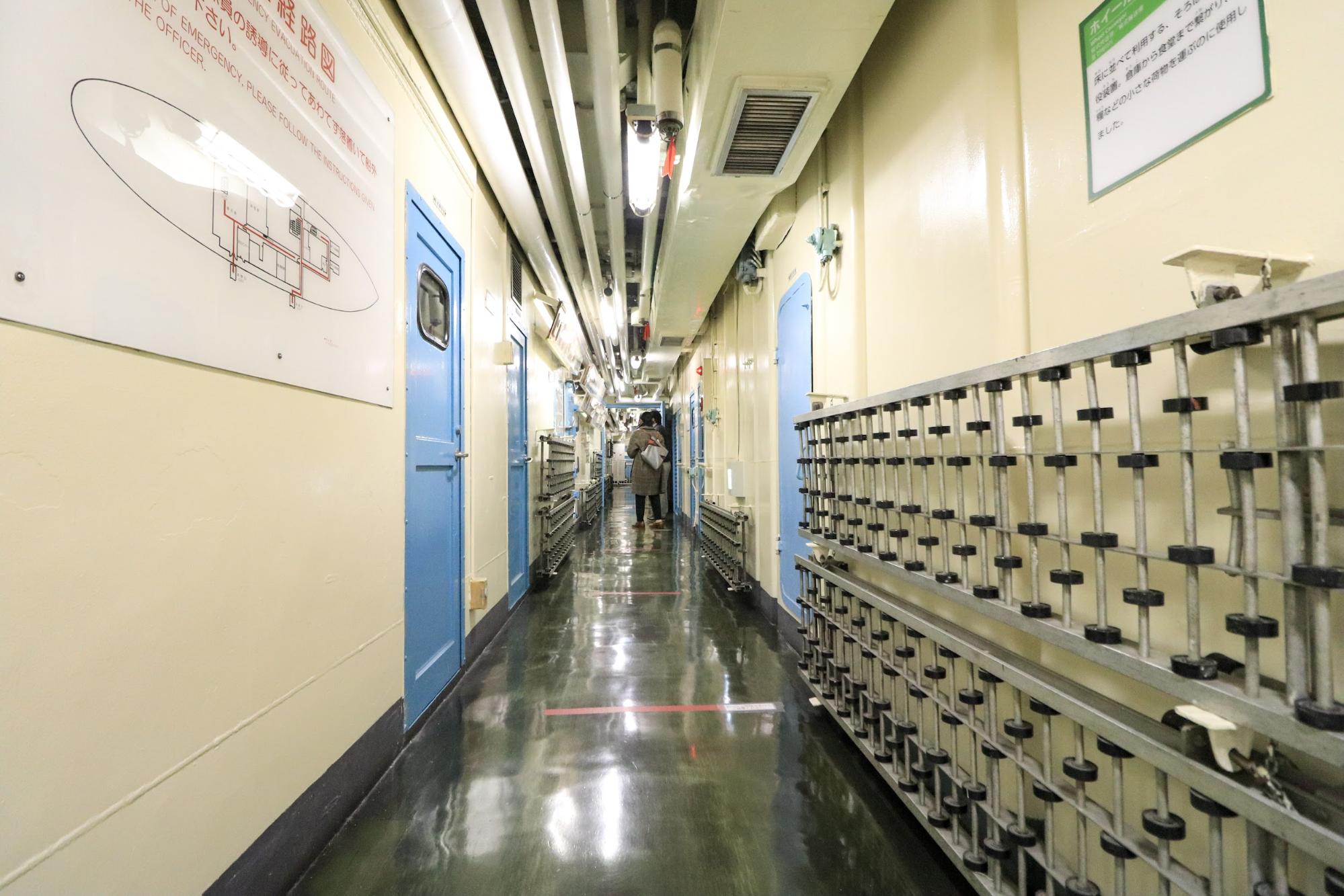

After leaving the cafeteria, there is a long corridor. The rollers on the walls of the corridor were used when carrying things on the floor.
13th officer's bedroom, a room for executives
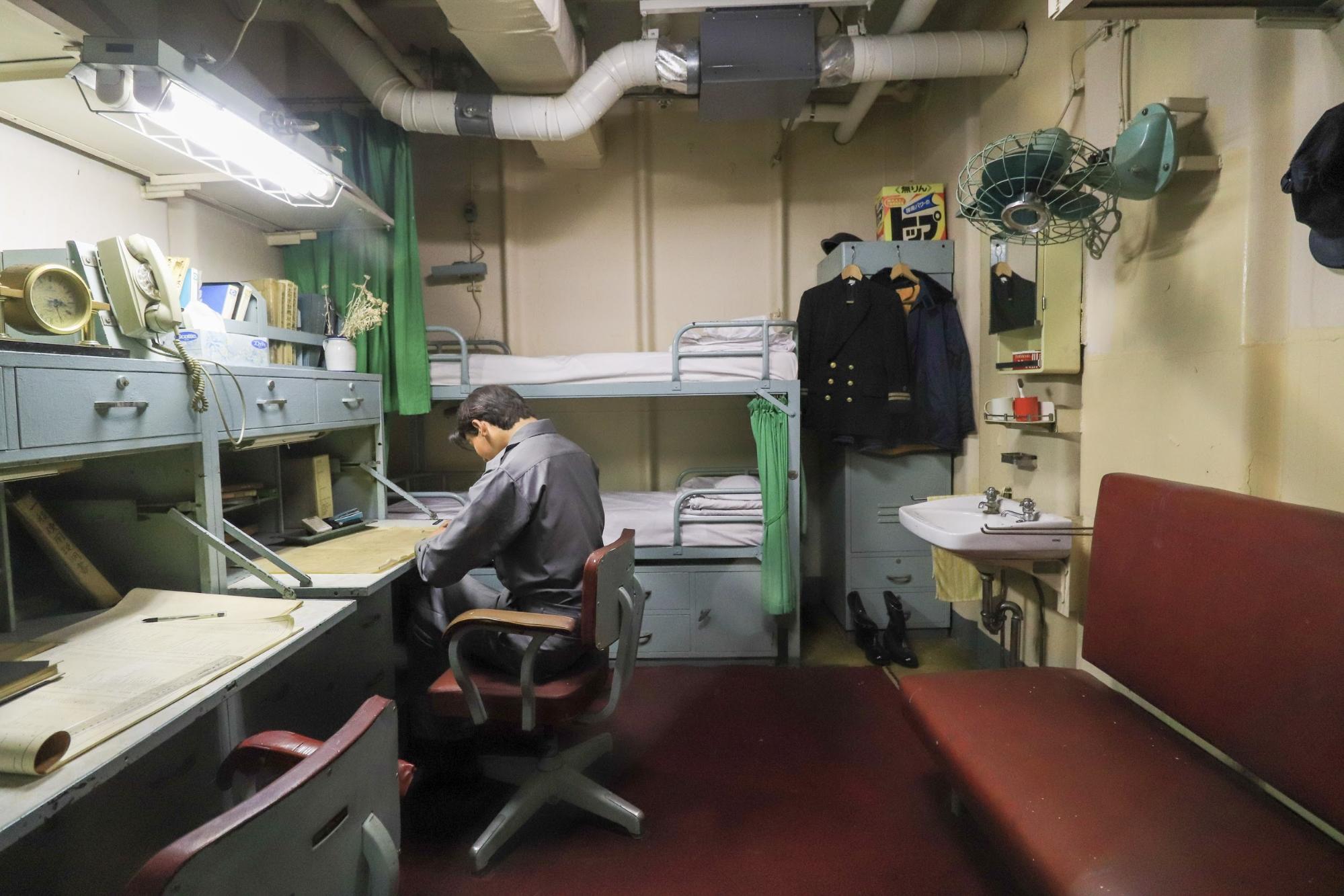
The bedrooms are divided according to the rank of the Self-Defense Force personnel.
This is a bedroom for 30 officers who are executives other than the captain. A space of about 8 tatami mats has two bunk beds, desks and lockers. Is it still in use today? It's so real that it gives you an illusion.
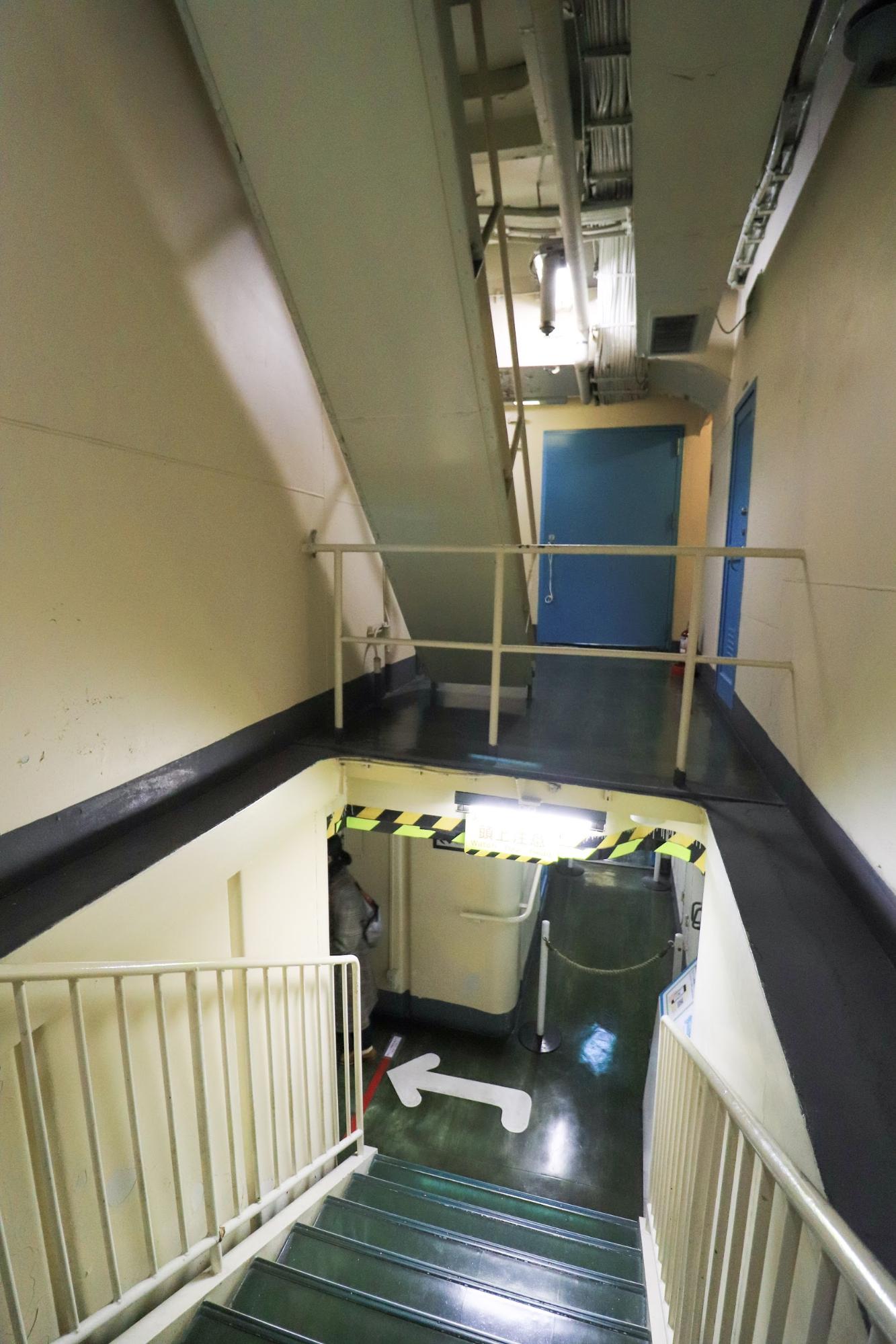
Take the stairs to the basement floor!
"Medical room" to protect the health of the crew
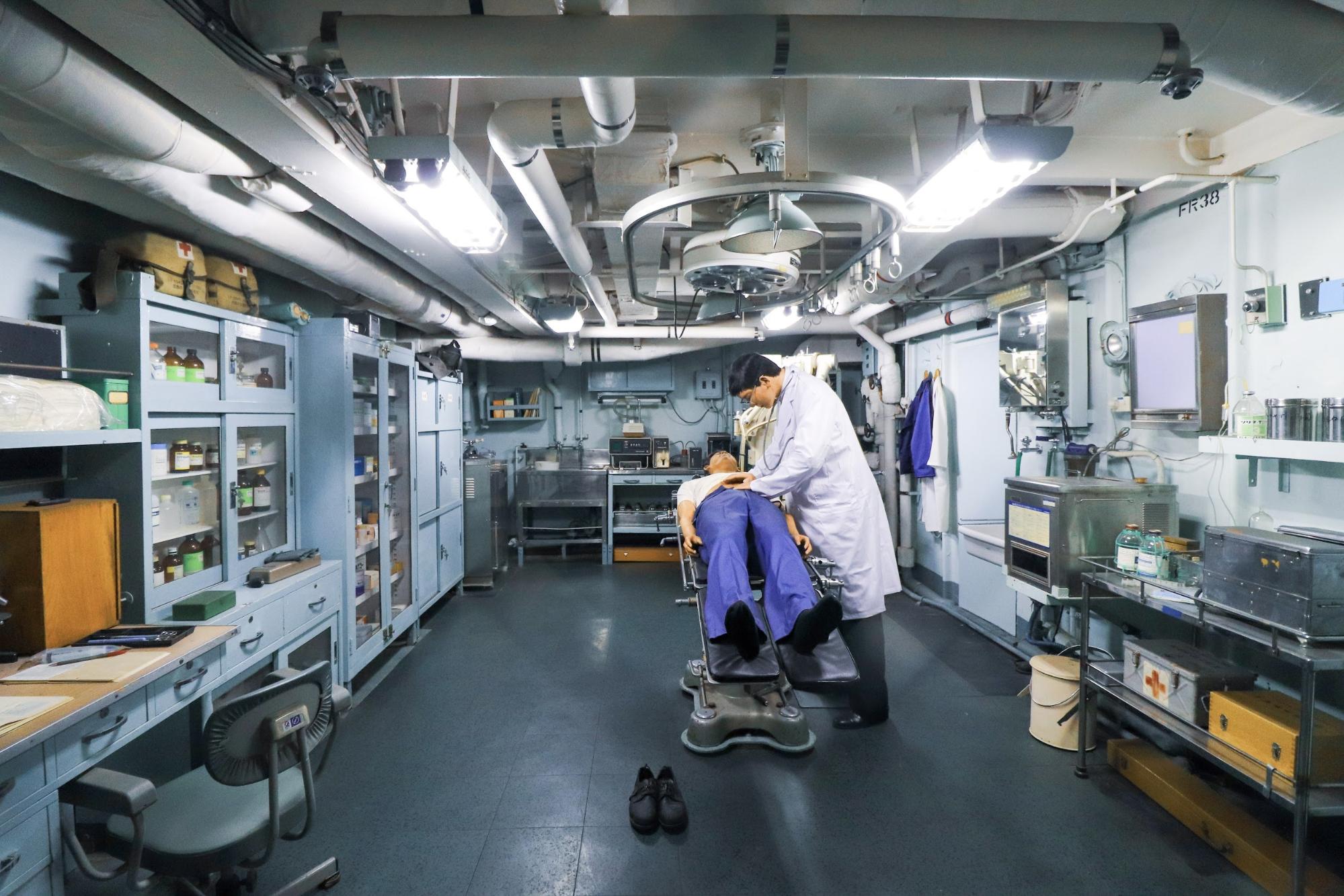
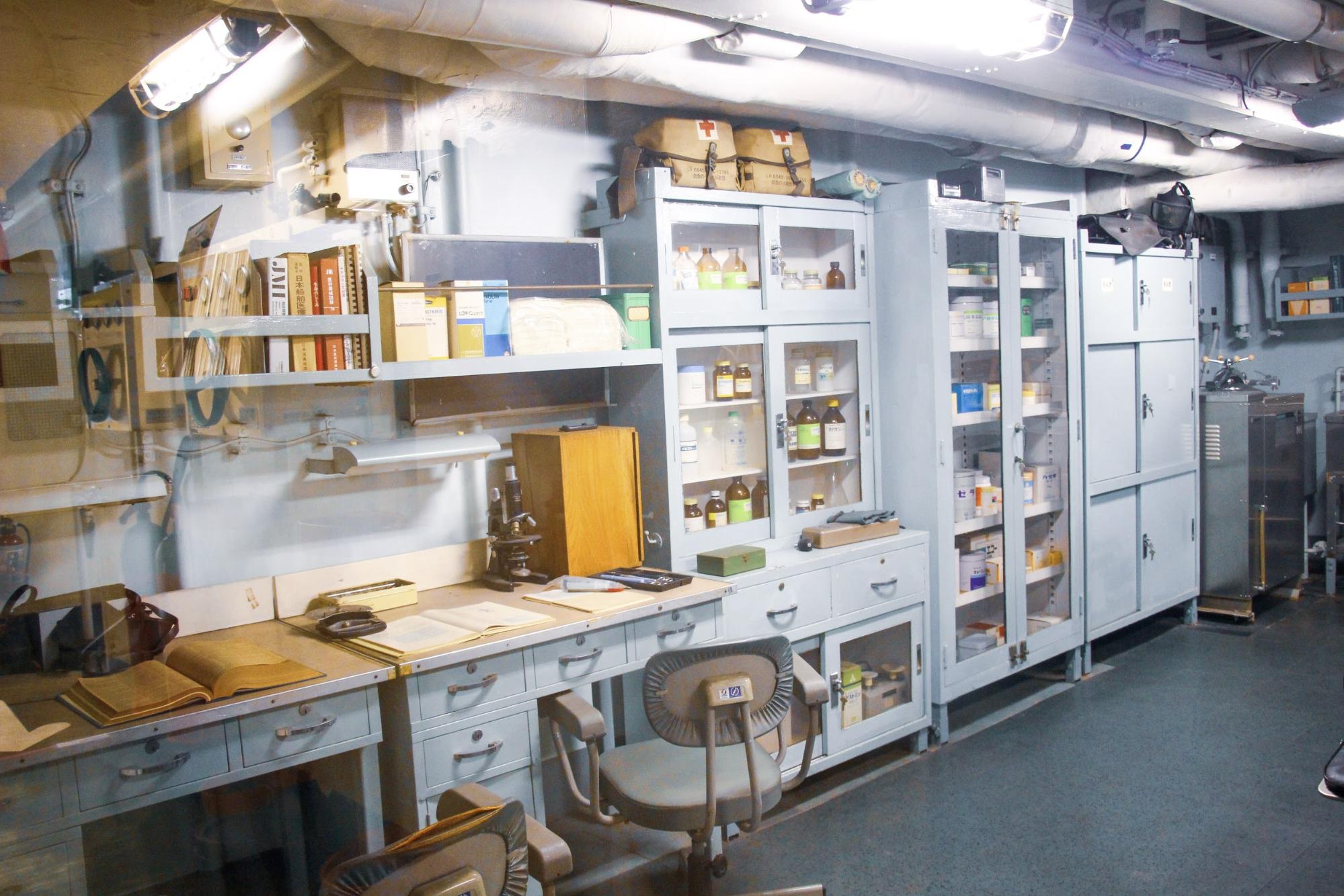
It takes about five months to reach Antarctica. During that time, the infirmary supported the health of about 240 people.
There were also facilities for surgery, and specialists were in charge of hygiene education, health checkups, and medical examinations. We were surprised to hear that they even had appendicitis surgery.
Did someone with a good dexterity cut your hair?! "Barber room"
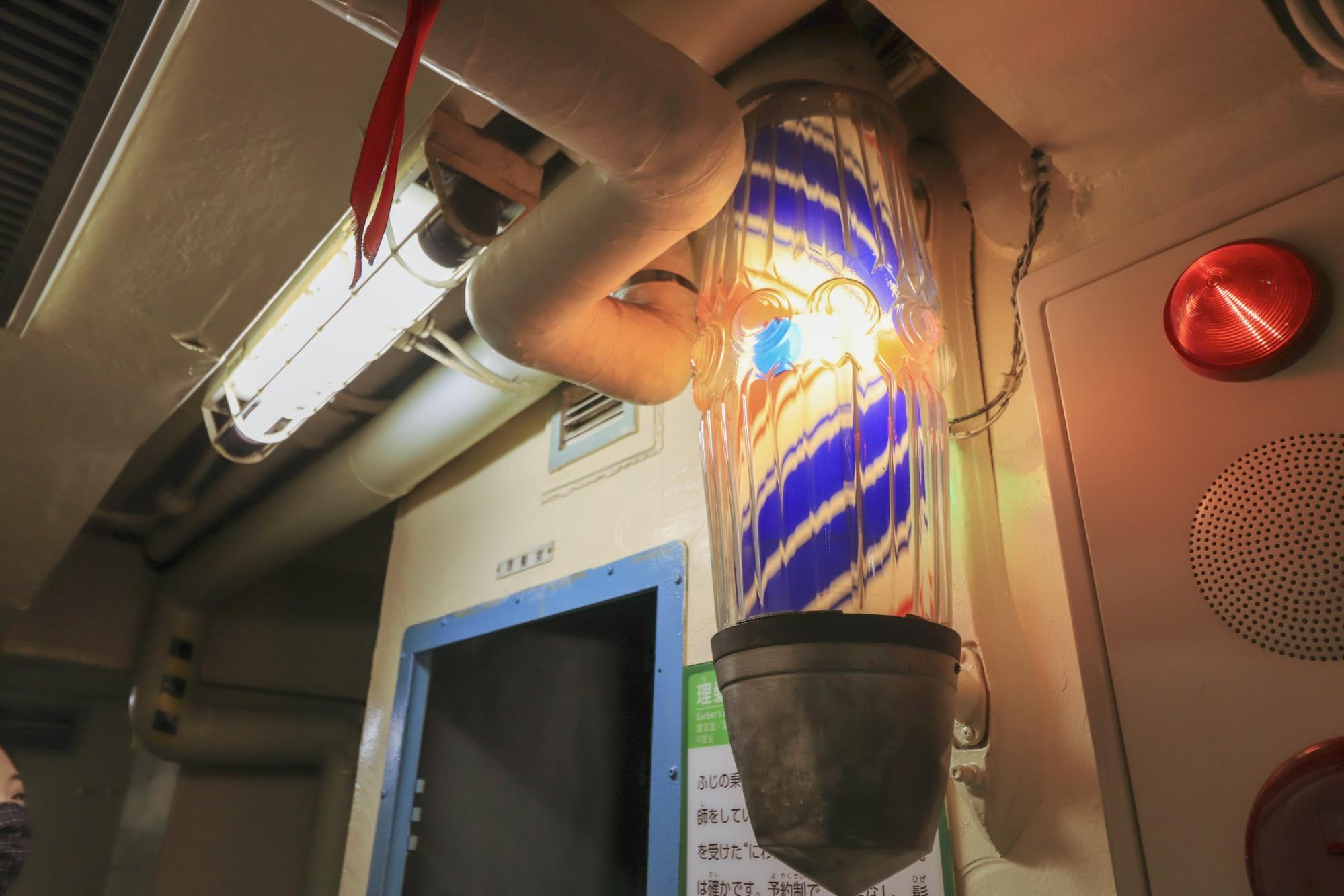
If you go a little further, you will find a familiar signboard!
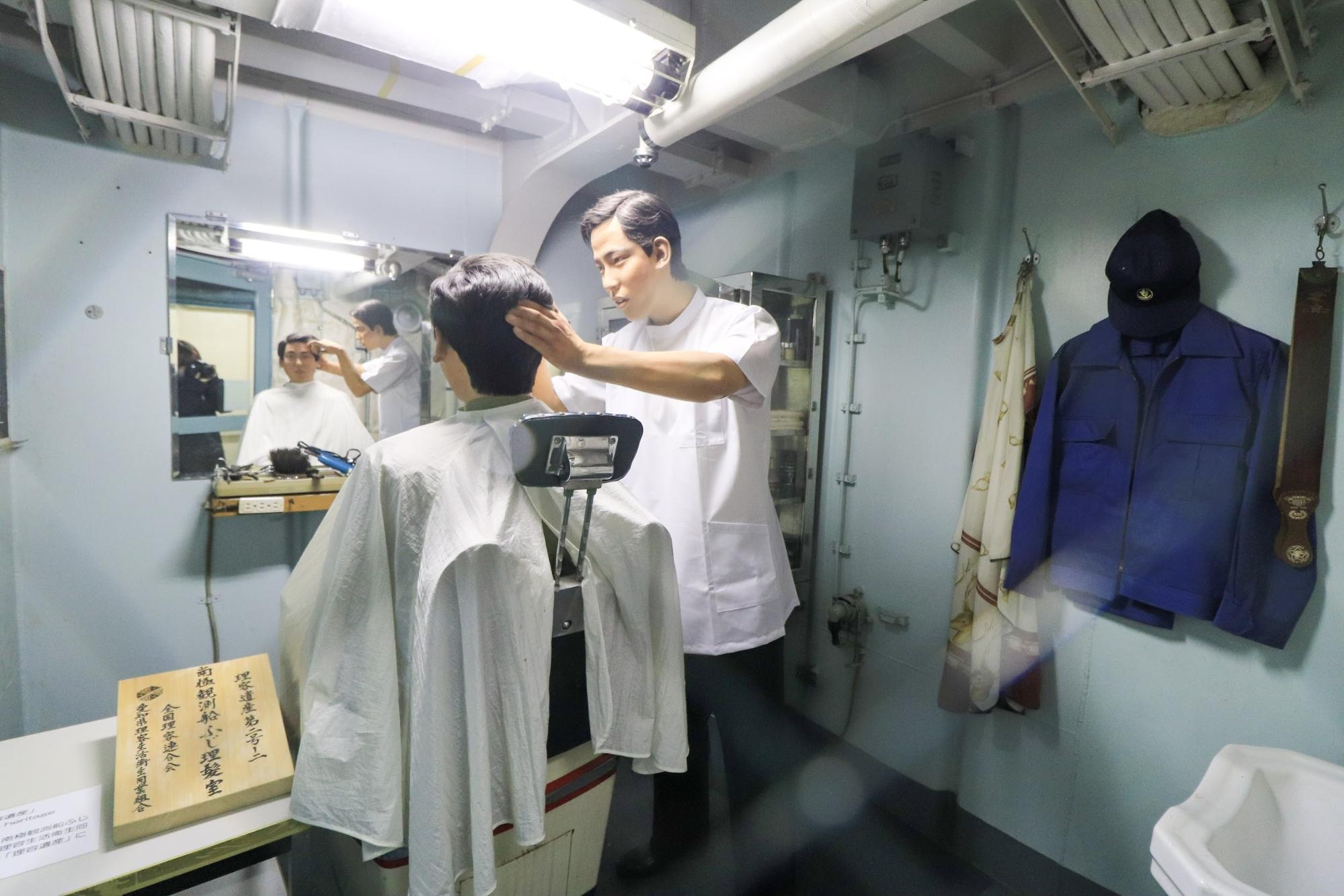
This is a barber room for crew members to have hair cut.
In fact, a crew member who was good with his hands was a barber. “Niwaka Barber” underwent special training before leaving the port, but it seems that his skills were solid.
There are so many different facilities on the ship, where people spent five months.
There is also the state of the game that was popular at that time. "The senior sergeant's bedroom"
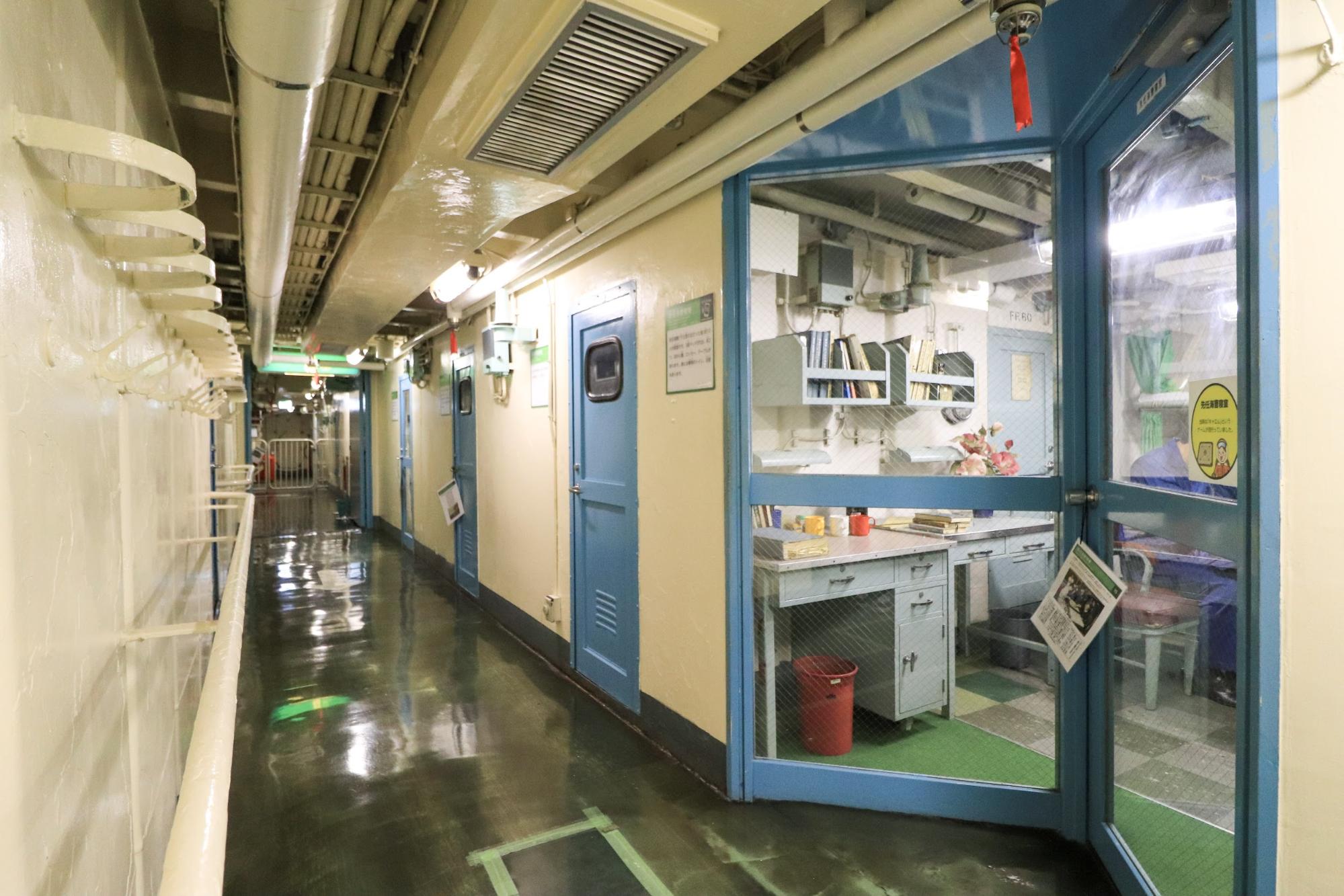
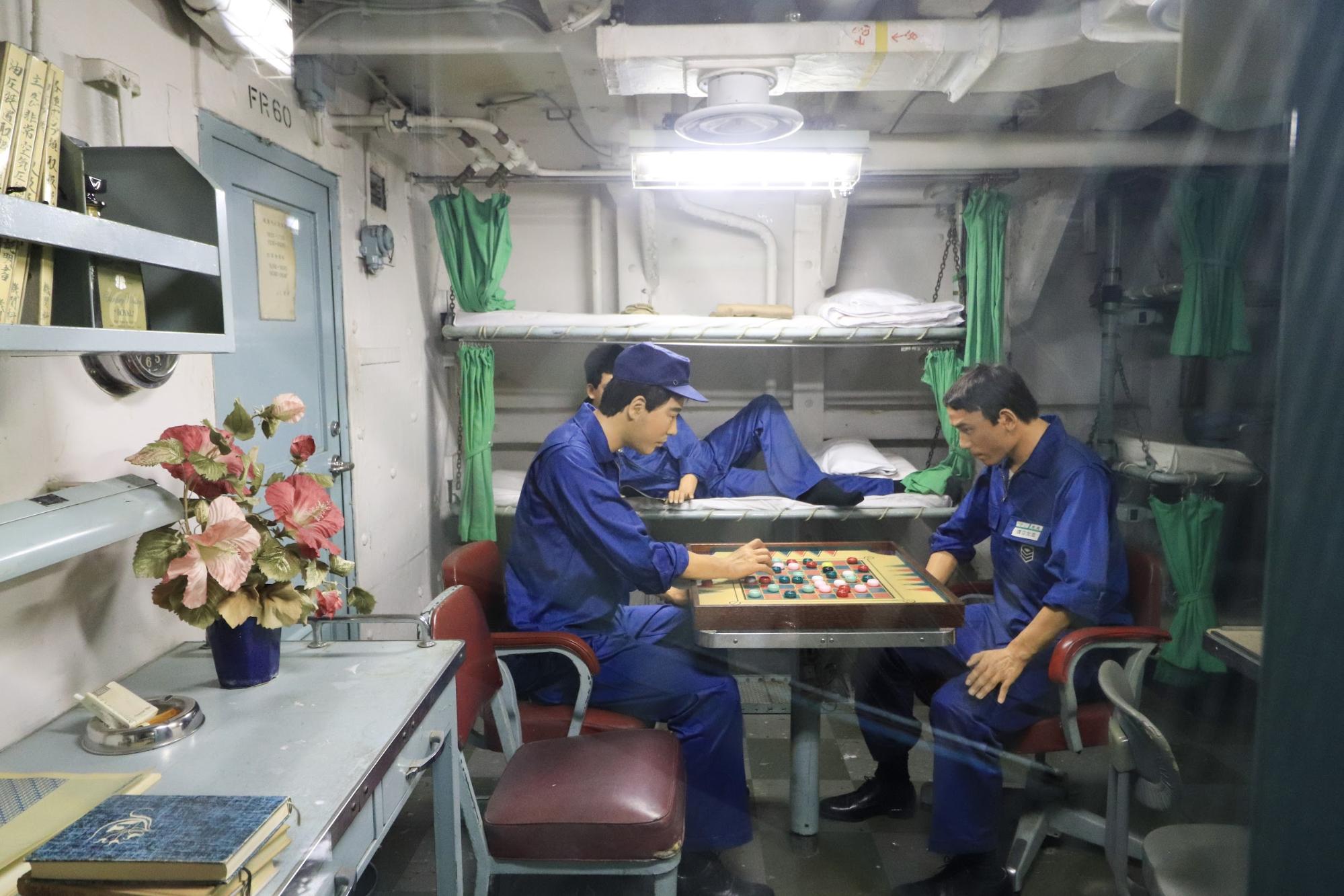
Next is the bedroom for the senior sergeant. It looks like you are playing a game.
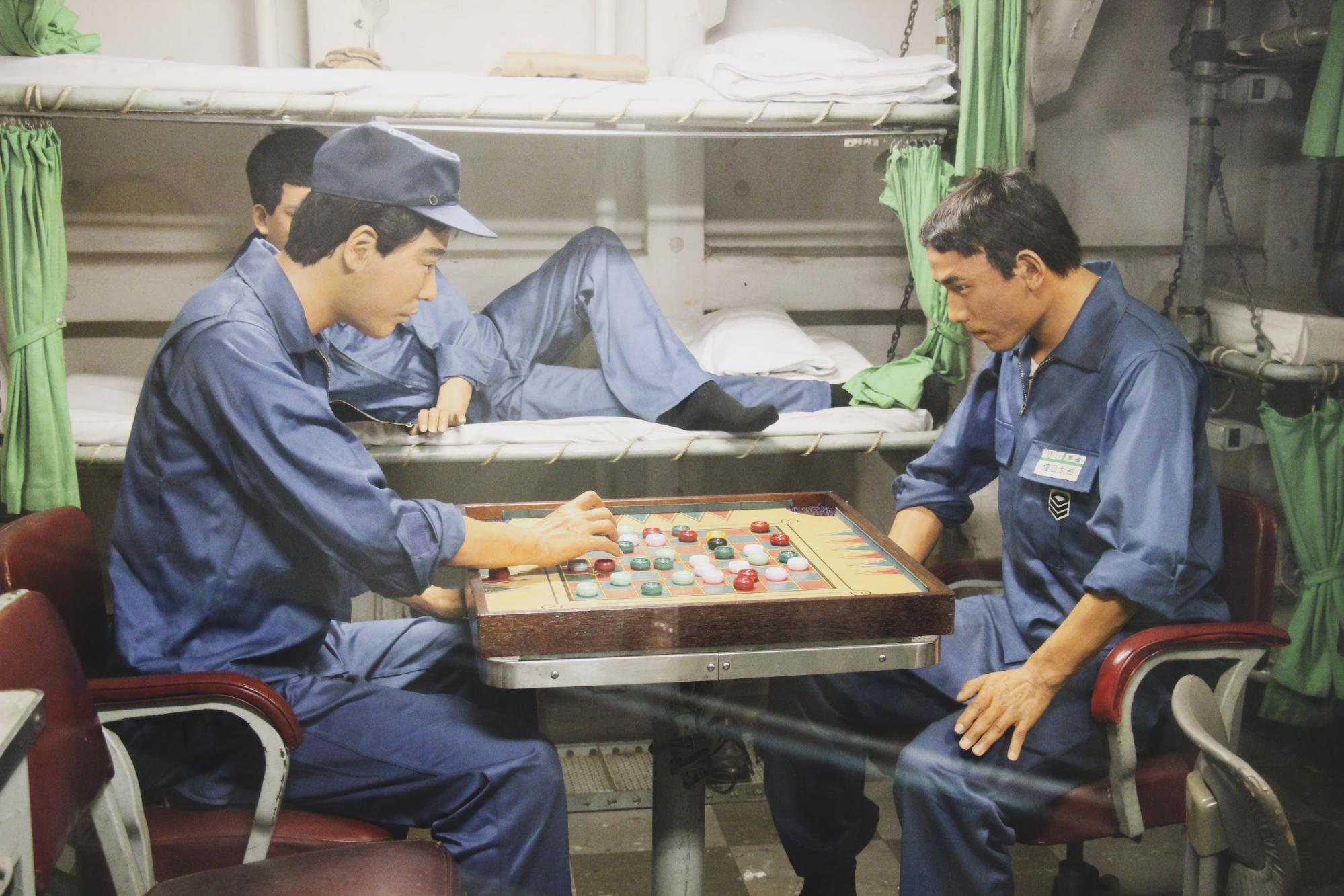
This is a game called "Carrom" that was popular at the time. You flip the ball like a marble and put it in the hole in the square to play.
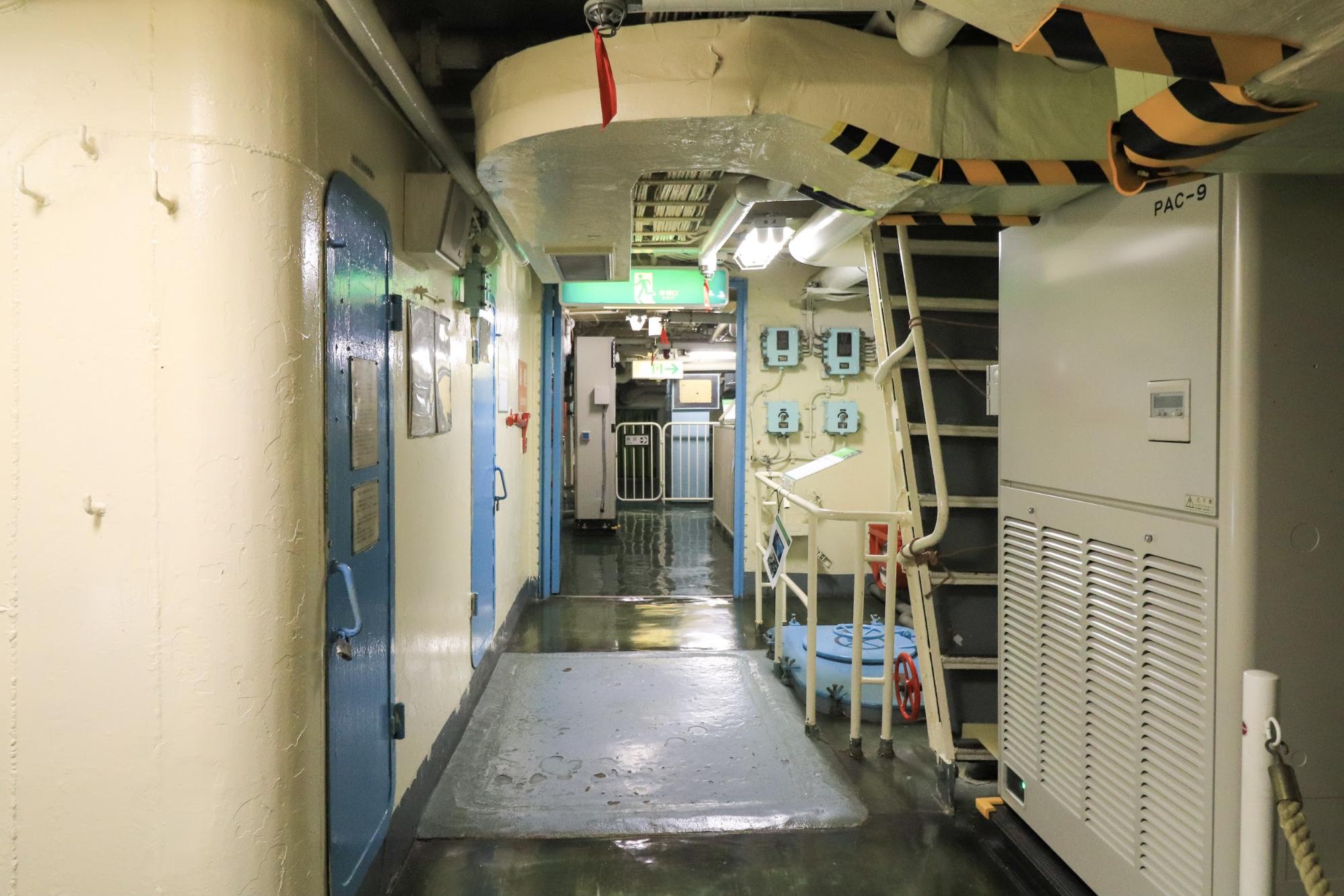
We're still going deeper!
Bedroom for the general crew, "second living room".
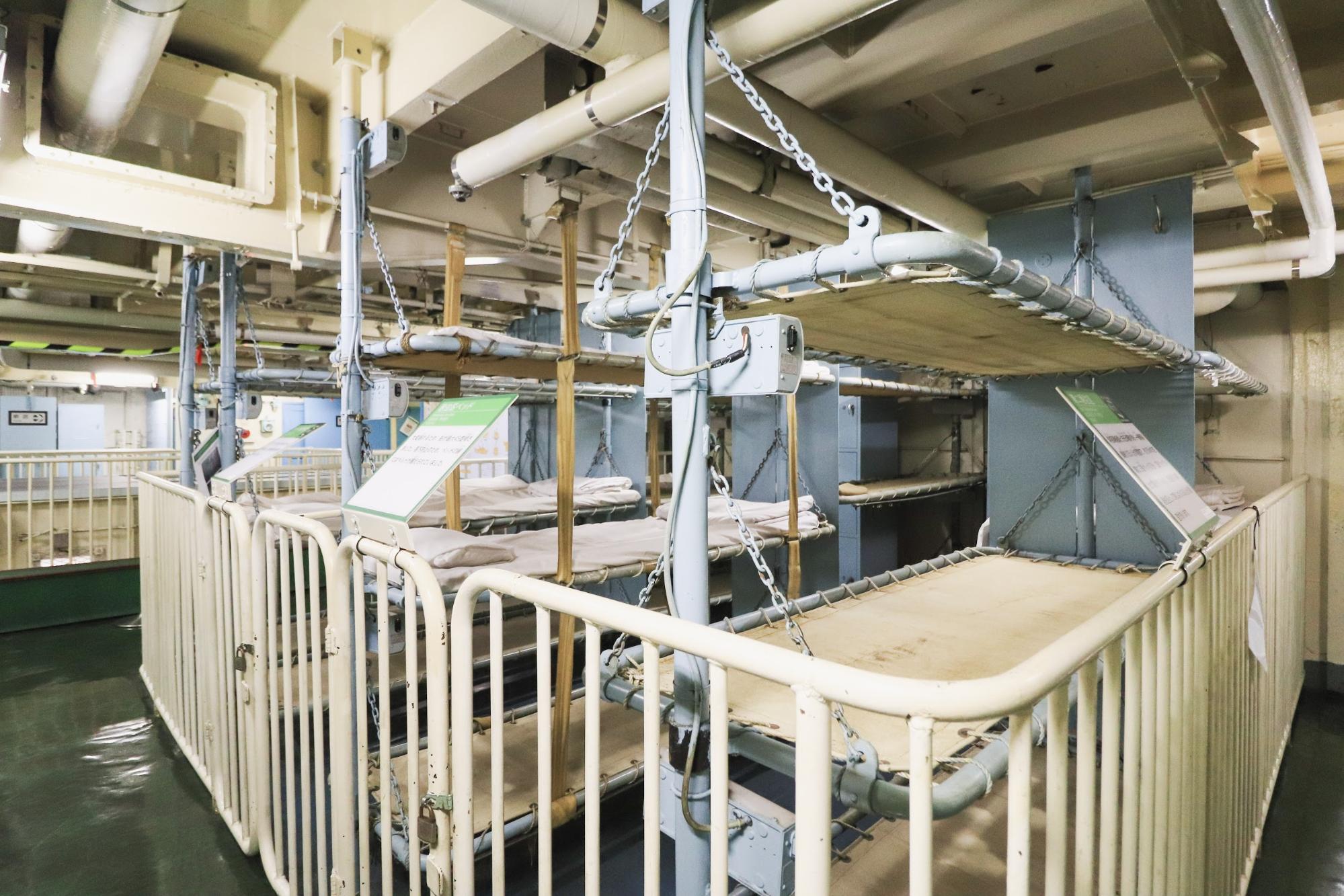
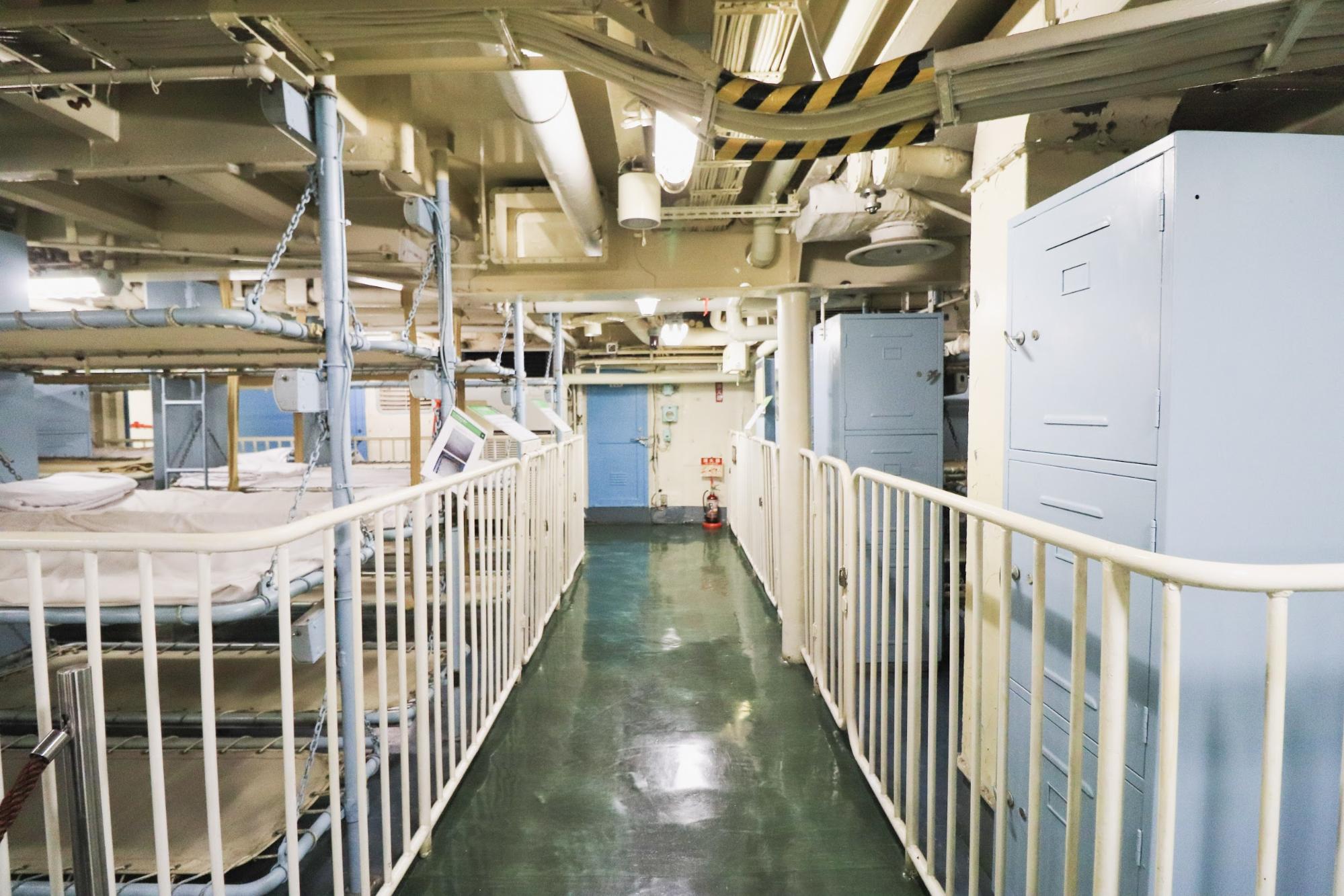
A room for about 105 ordinary crew members, excluding executive crew members and senior petty officers. 27 triple bunk beds and 14 bunk beds are lined up.
Essential for going to Antarctica
"Electric Propulsion Engine"
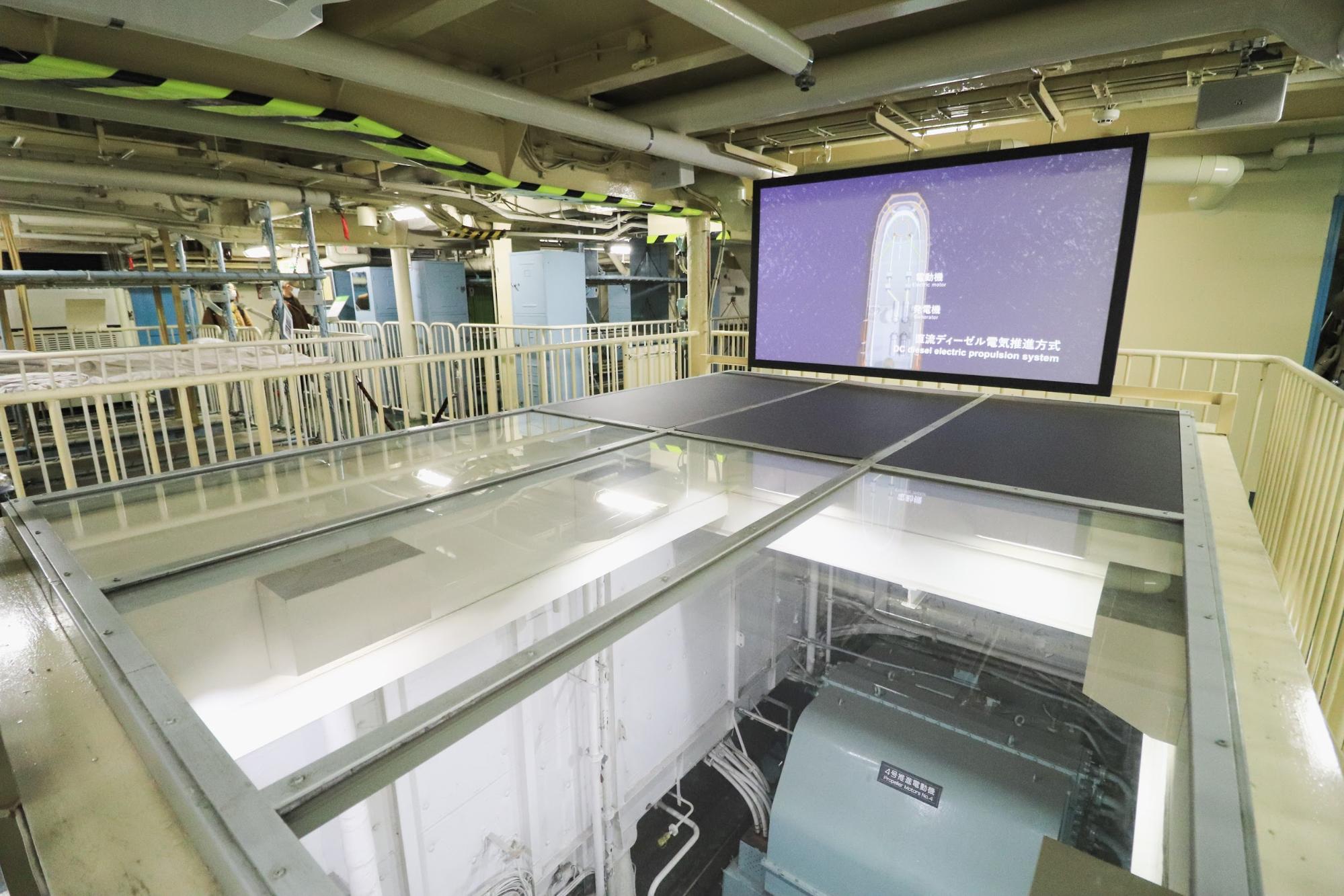
The most important thing for an Antarctic observation ship. It's the engine!
This corner introduces the mechanism of the "electric propulsion engine" that is indispensable for going to Antarctica.
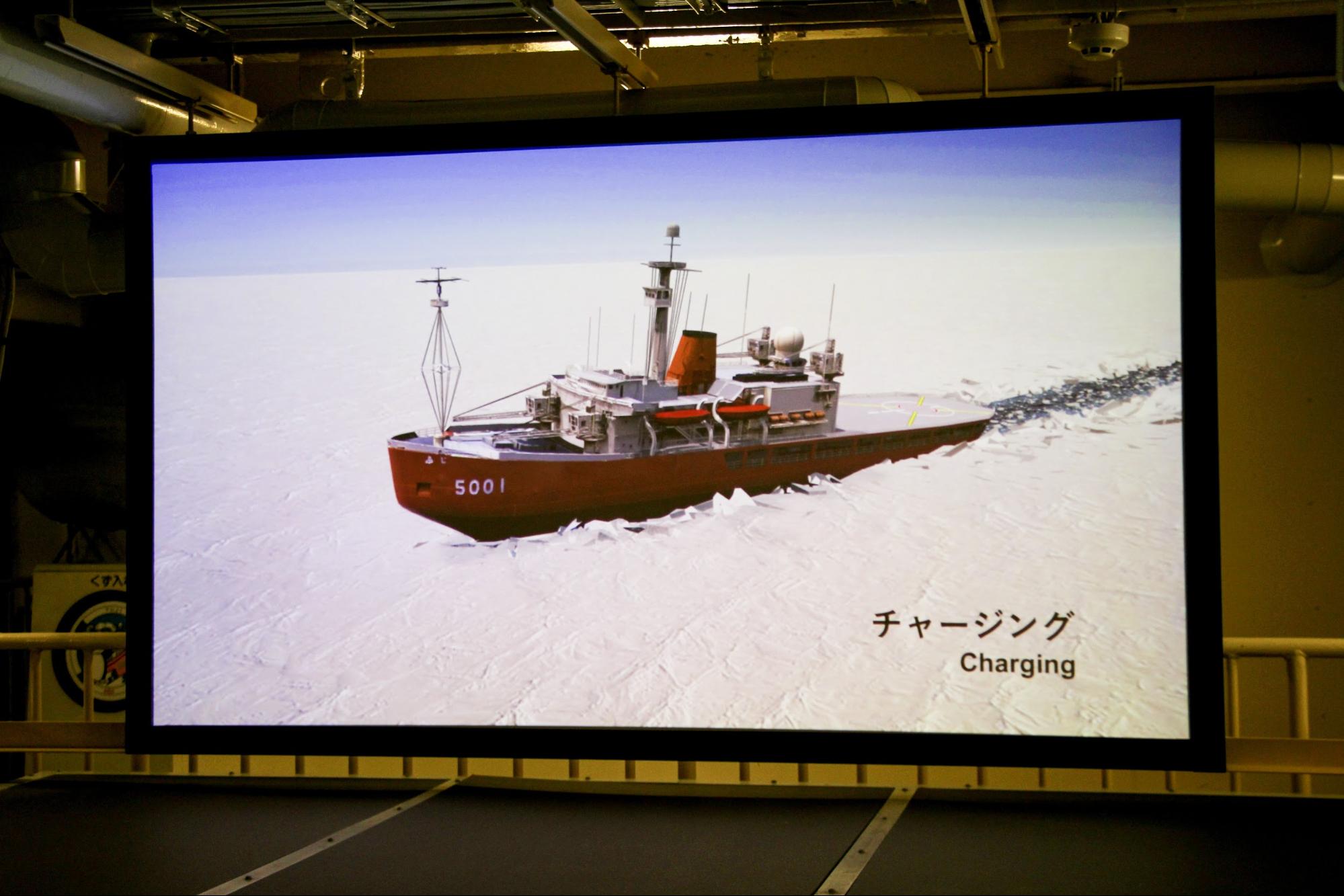
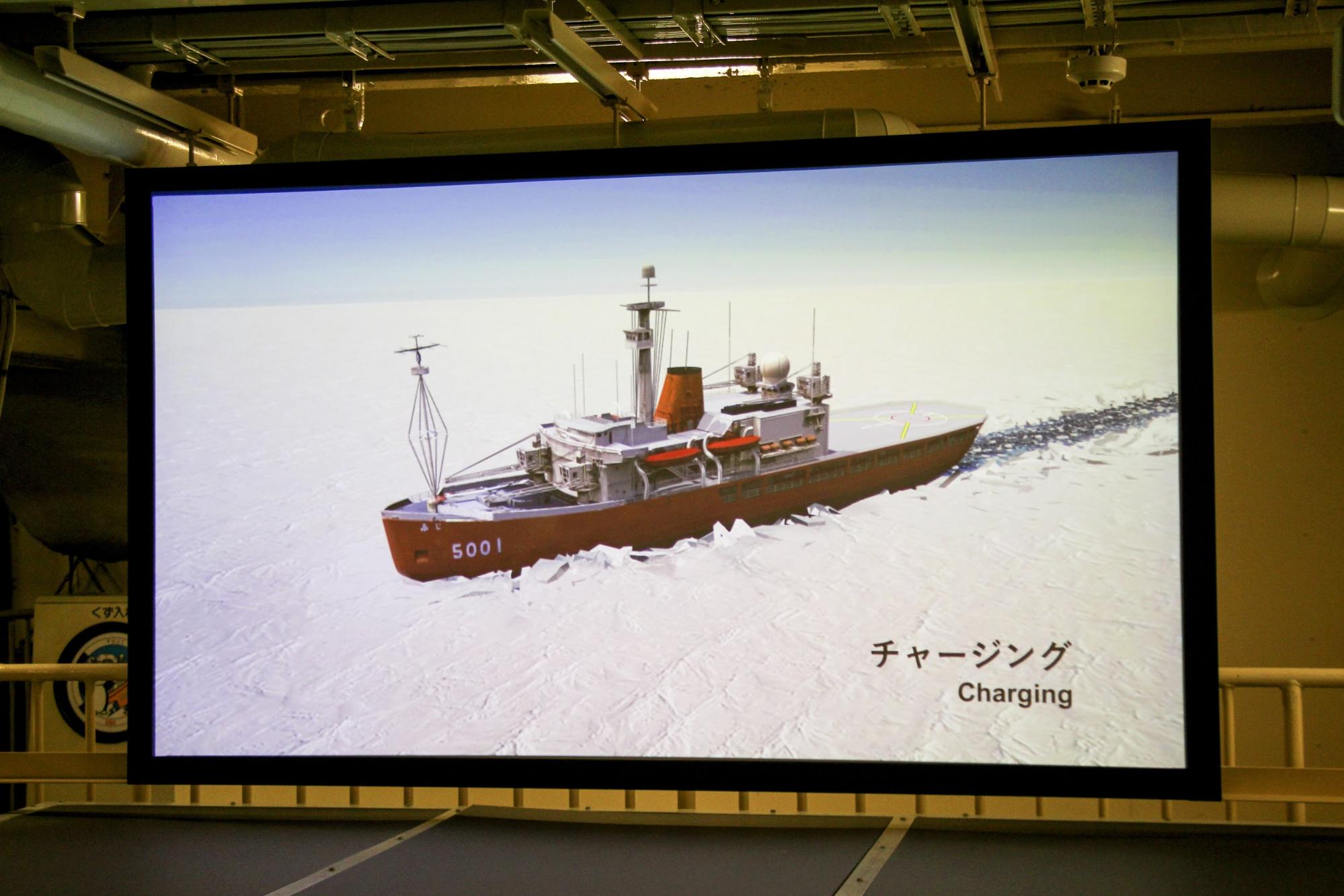
Proceed with "charging" navigation that breaks the ice with the ship's own weight. When the ice is too thick to crack, it moves forward with maximum horsepower after retreating about 200m, and climbs onto the ice while ramming into it to break it.
During the 18 voyages, an average of 2,000 charges were made, with a peak of about 6,400 charges. You can see how hard it is to go through the ice sea.
Next, let's go to the "Antarctic Museum"!


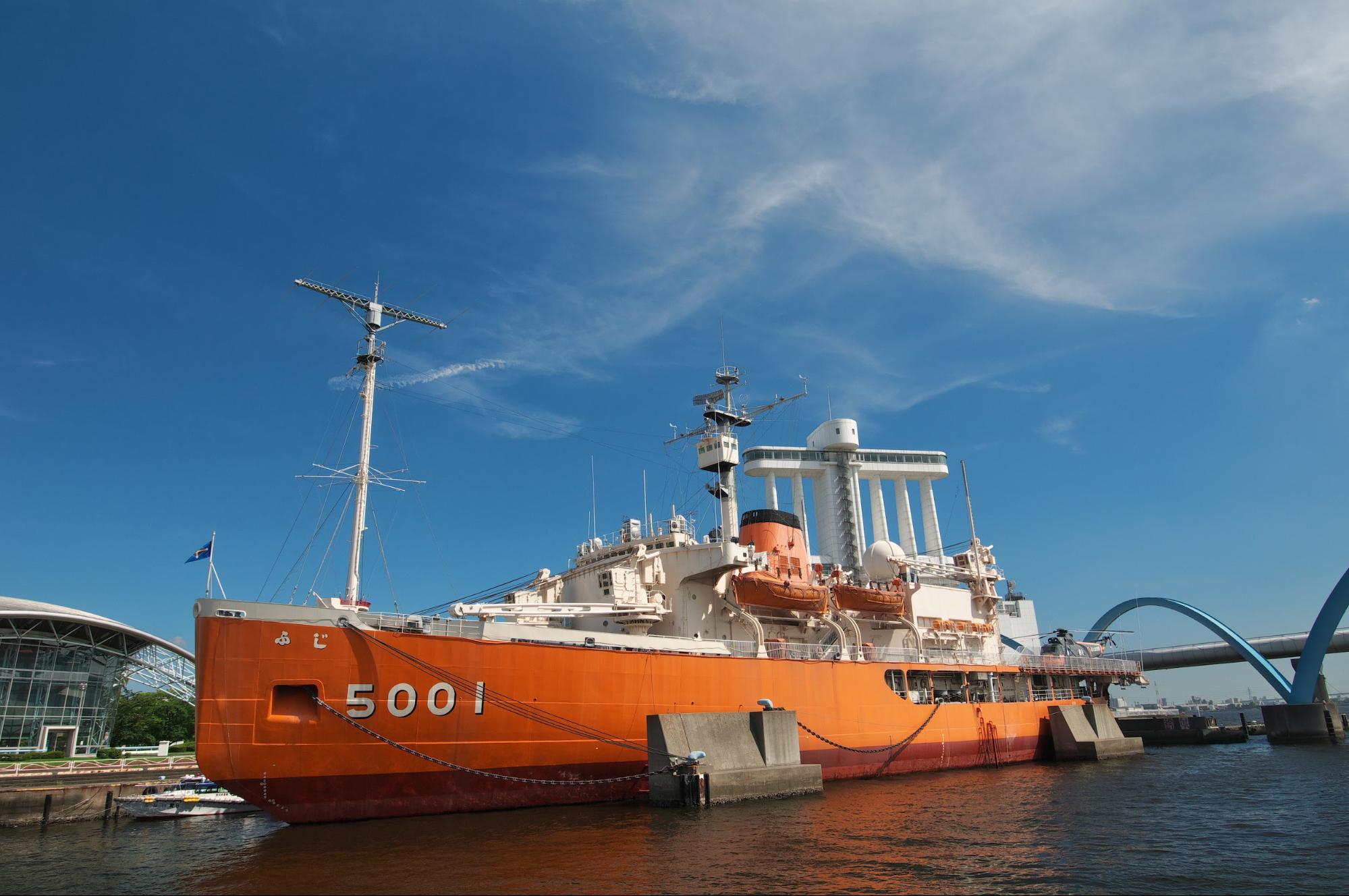
![[Tokai Area] Outing Spots for Family](https://life-designs.jp/wp/wp-content/uploads/2019/06/w1920x1088_family-1-1024x580.jpg)
![[Eight Design x BinO] “MATSURIBA”, a Housing Exhibition Hall with Theme of “Create, Play, and Connect” Opens in Toyota!](https://life-designs.jp/wp/wp-content/uploads/2022/10/MATSURIBA23-656x437.jpg)



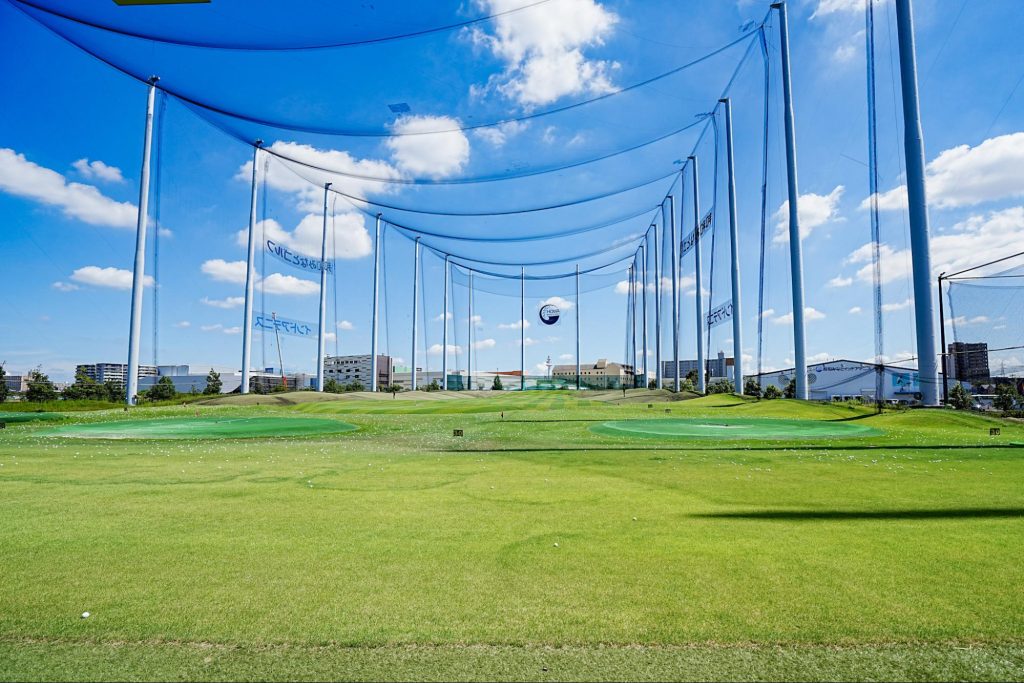
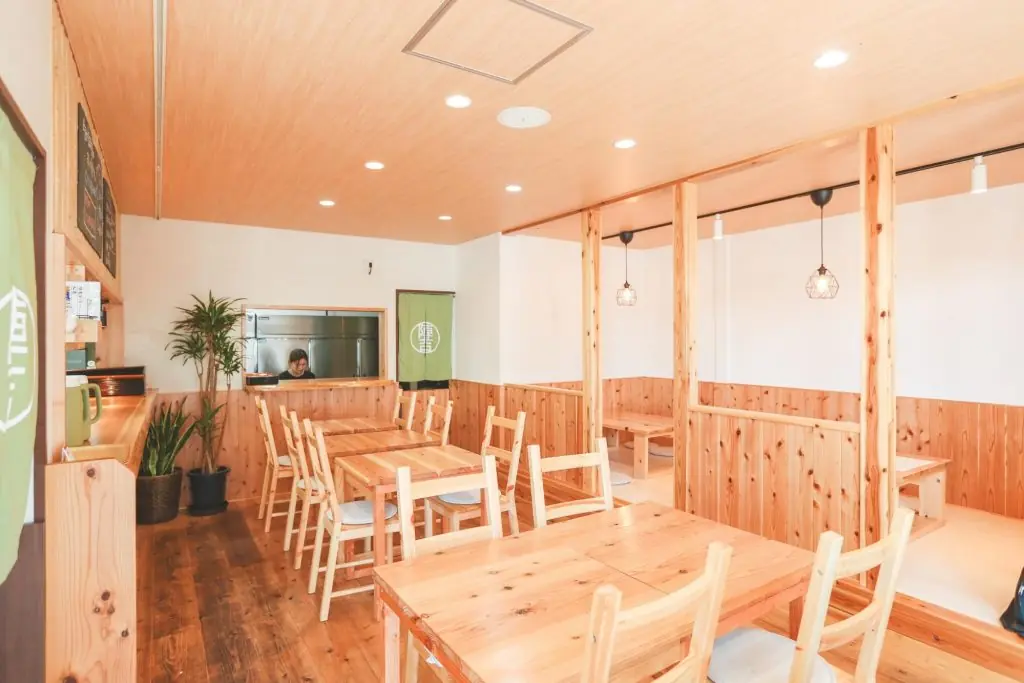
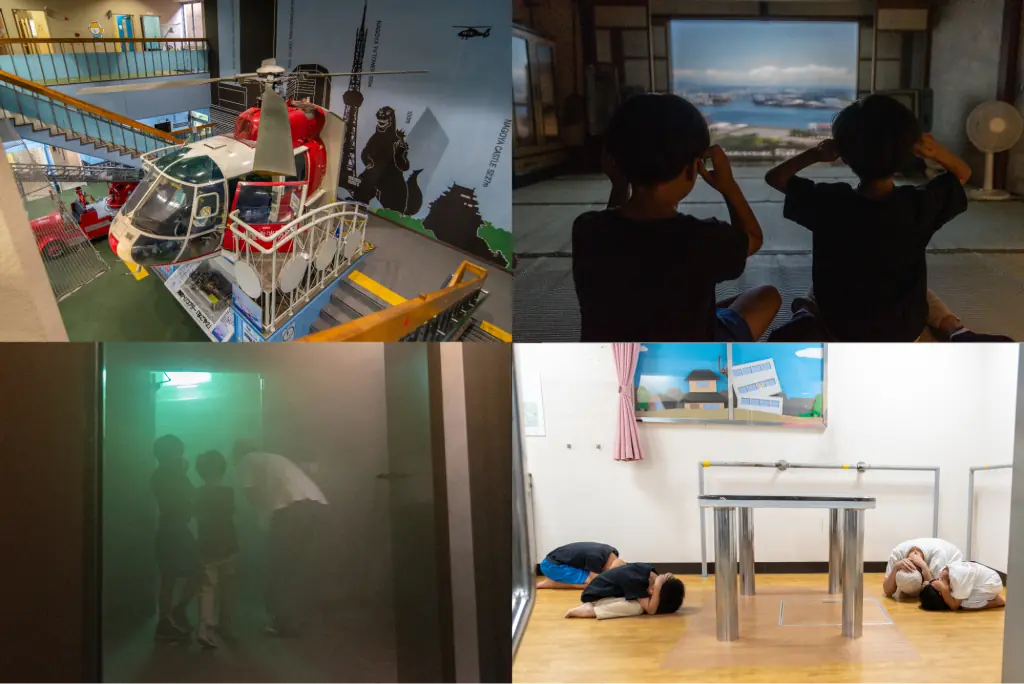
![[Handa city] "MIM Mizkan Museum" Where You can Learn About Vinegar while Having Fun](https://life-designs.jp/wp/wp-content/uploads/2024/06/image55-1-1024x768.jpg)
![[Yokkaichi city] Let's Go to "Soranpo Yokkaichi" where you can Enjoy with your Family!](https://life-designs.jp/wp/wp-content/uploads/2022/07/image4-9-1024x576.jpg)
![[Kagamihara] Museum with the theme of sky and space" “Gifu Kamigahara Air and Space Museum: Sorahaku”](https://life-designs.jp/wp/wp-content/uploads/2022/06/image25-4-1024x684.jpg)
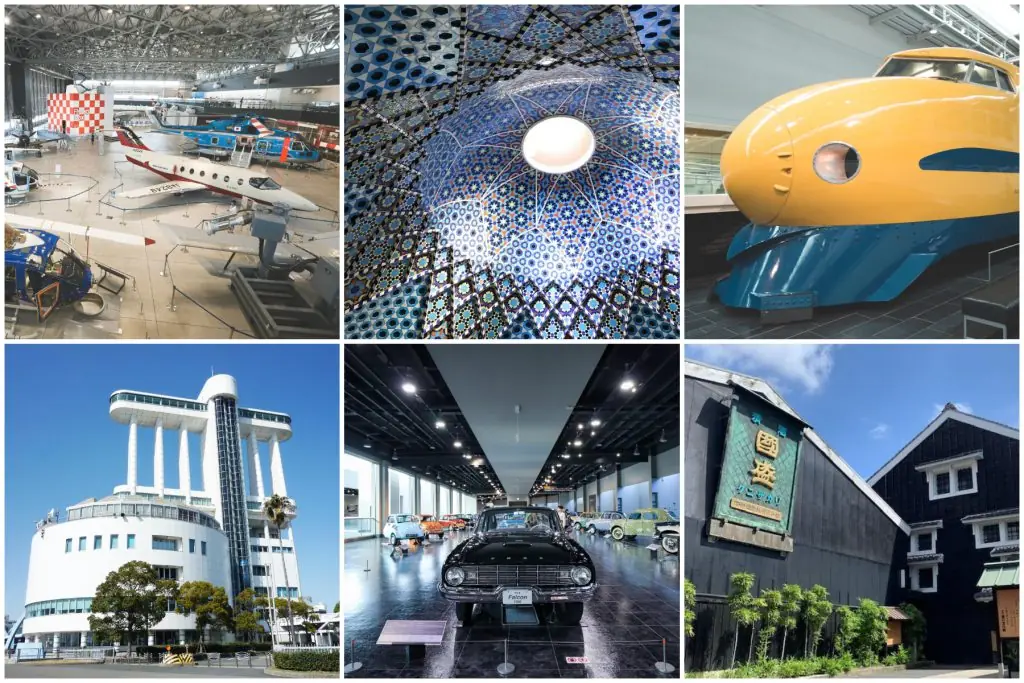

![[Indoor Facilities] Where to Go on Rainy Days in Tokai Area! For Family Outings!](https://life-designs.jp/wp/wp-content/uploads/2023/07/FotoJet-23.jpg)

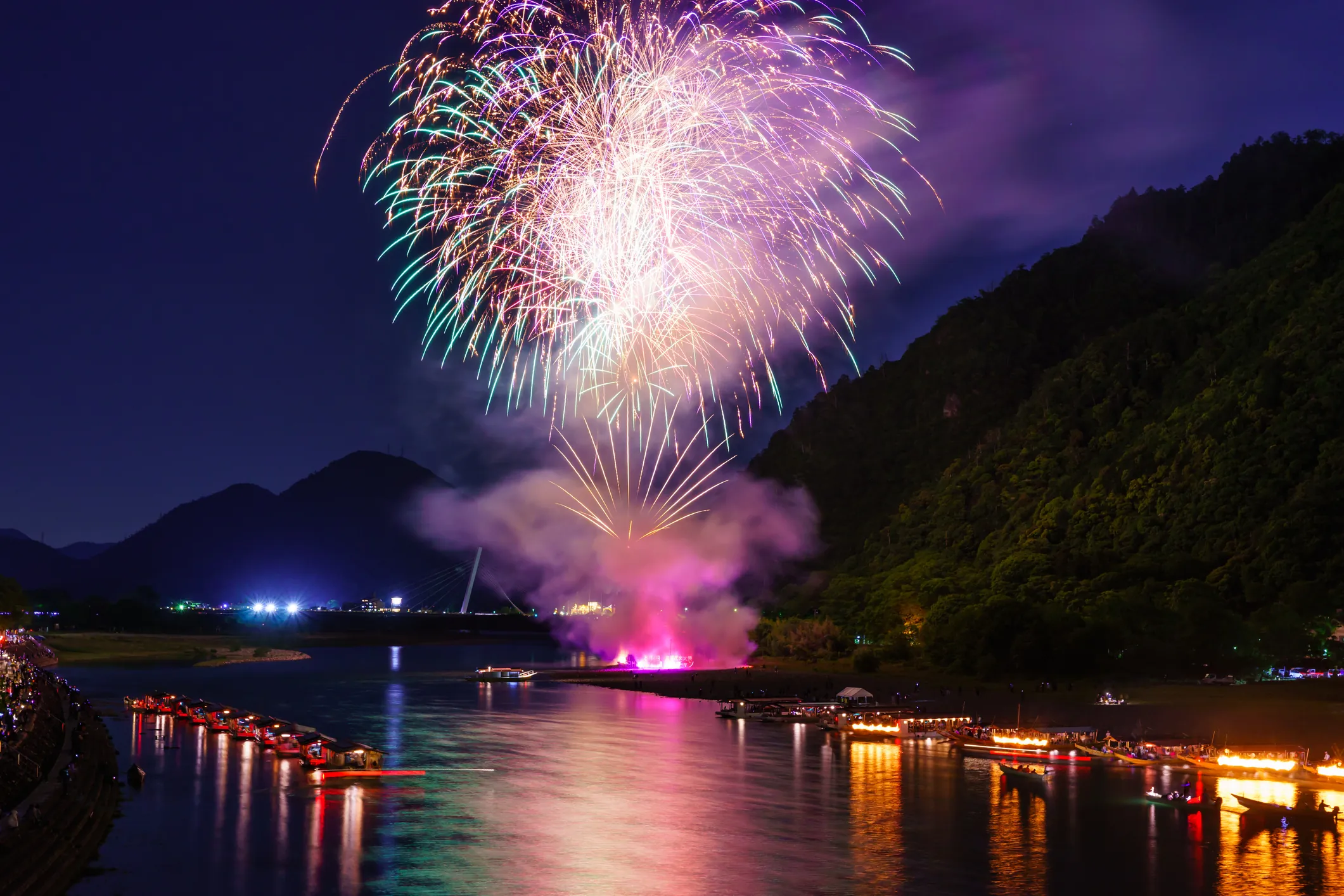
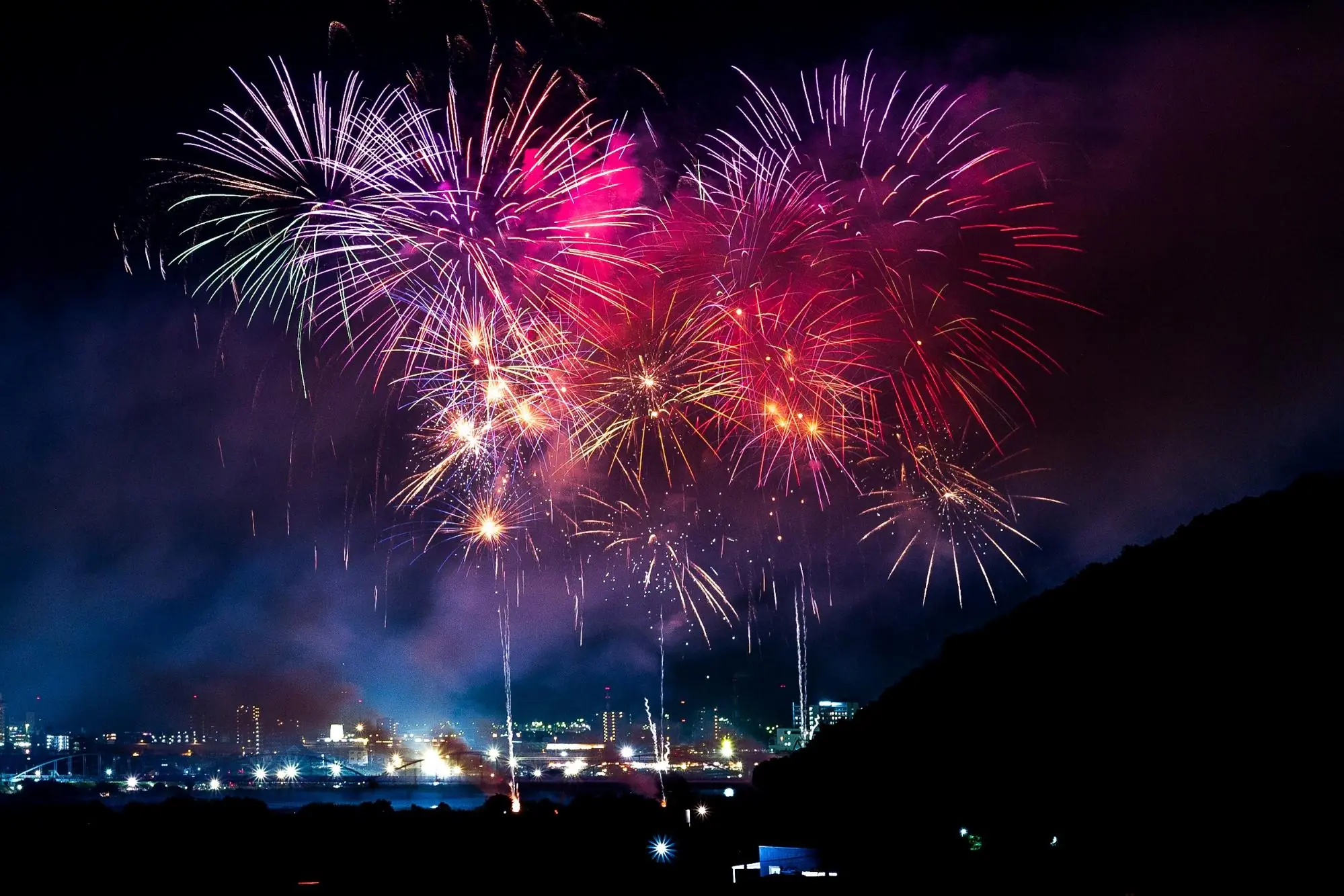


![[Tokai Area] Scenic Spots which You'll Never Forget](https://life-designs.jp/wp/wp-content/uploads/2019/12/LD_banner_w1920x1088_prospect-1-768x435.jpg)
![[Sauna Specials] Feel Revitalized in Sauna!](https://life-designs.jp/wp/wp-content/uploads/2021/07/Sauna-768x435.jpg)

![[Nagoya-meshi] Nagoya's Speciality Dishes](https://life-designs.jp/wp/wp-content/uploads/2022/06/5ba2ca8c038fd4af7527bc0826367cfb-1024x580.png)
![[Ghibli Park] Beginner's Guide](https://life-designs.jp/wp/wp-content/uploads/2023/07/ghiblipark_w1920h1088_20240422-1024x580.png)
![[Enjoy Kuwana! ] From Classic to the Latest Spots](https://life-designs.jp/wp/wp-content/uploads/2022/11/Kuwana_w1920x1088-1-1024x580.png)
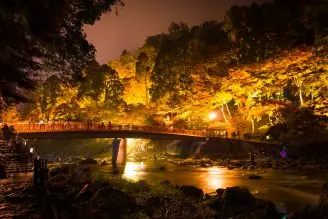











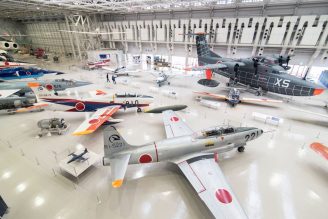


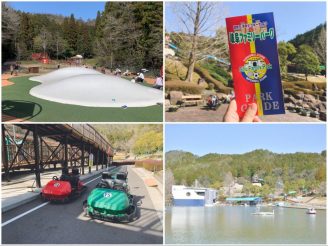



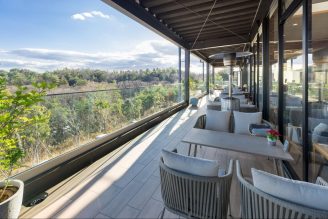












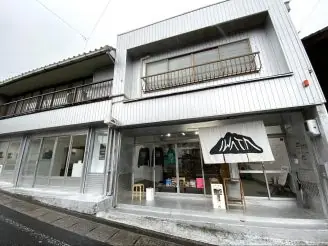


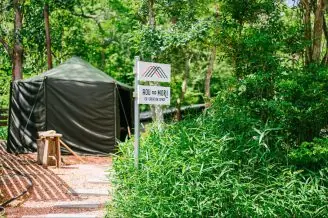
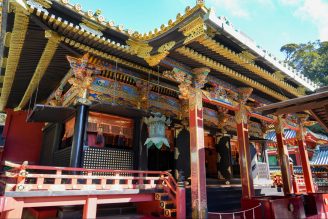

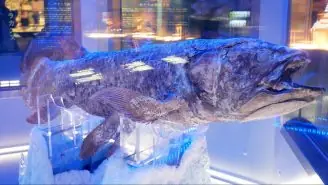







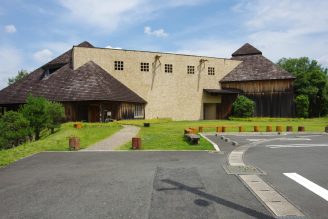
![[Indoor Facilities] Where to Go on Rainy Days in Tokai Area! For Family Outings!](https://life-designs.jp/wp/wp-content/uploads/2023/07/FotoJet-23-1024x768.jpg)
![Onigiri is hot right now! Summary of Osu's Onigiri Specialty Shops [5 selections].](https://life-designs.jp/wp/wp-content/uploads/2023/11/onigiri-1024x768.jpg)
![[28 selections] I want to get it when I go to Ghibli Park! Recommended goods & souvenirs (Ghibli’s Grand Warehouse edition)](https://life-designs.jp/wp/wp-content/uploads/2023/07/07bb34f30842ccc4c6412fc060e1966c-1024x683.jpg)
![[Aichi, Gifu, Mie] 30 Family-Friendly Spots to Go in Winter!](https://life-designs.jp/wp/wp-content/uploads/2019/12/image21-1-768x543.png)
![[Within 2hrs by Car] 12 Outing Areas where You can Go on a Day Trip from Nagoya!](https://life-designs.jp/wp/wp-content/uploads/2023/07/odekake12_w1200h900_20240422-328x246.png)



